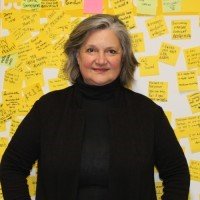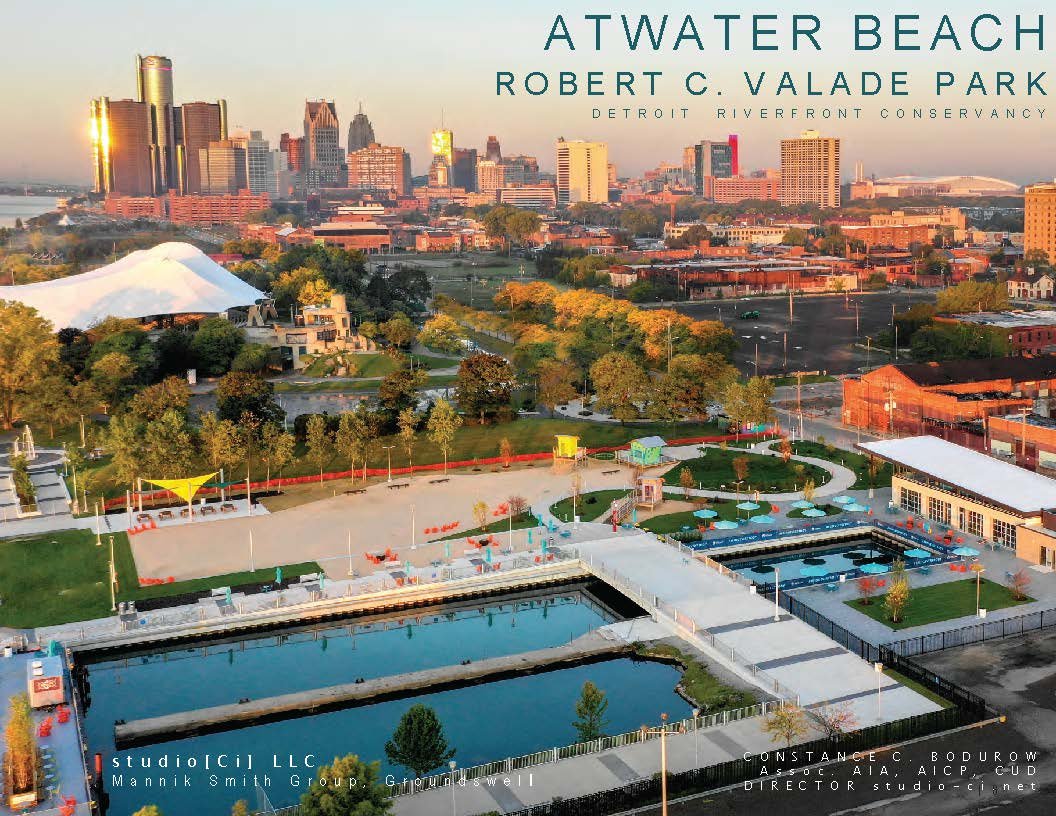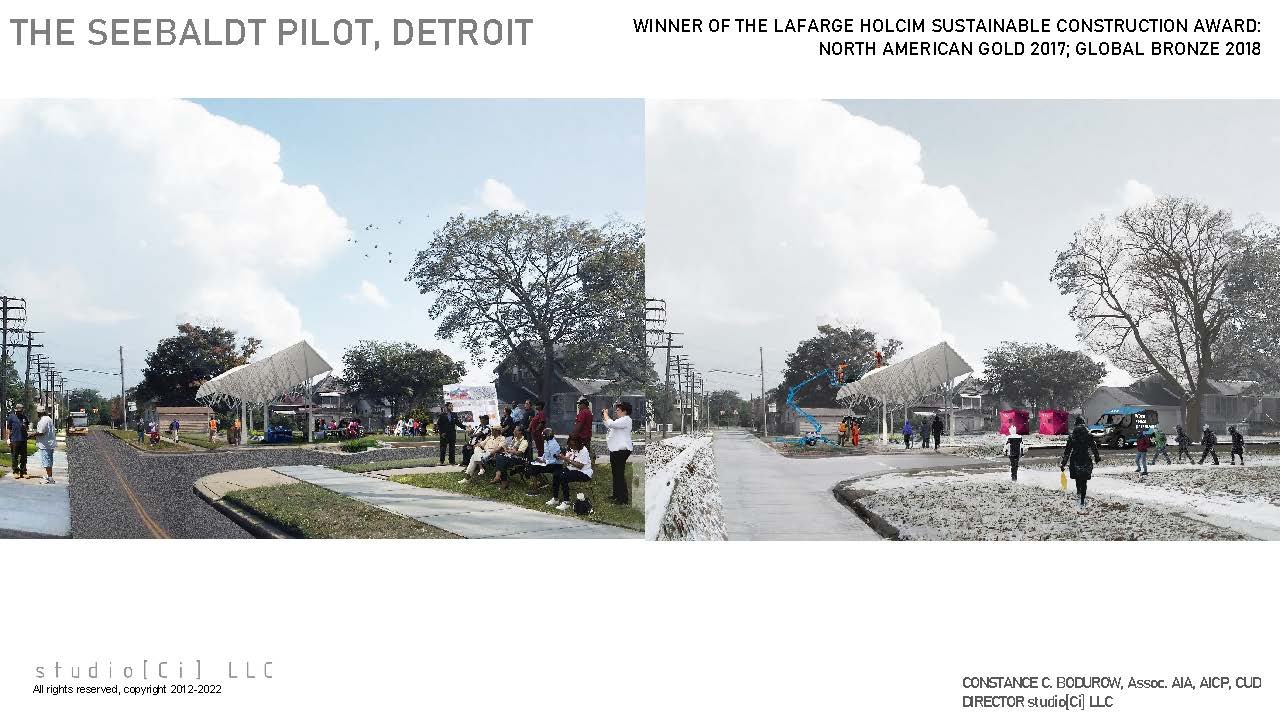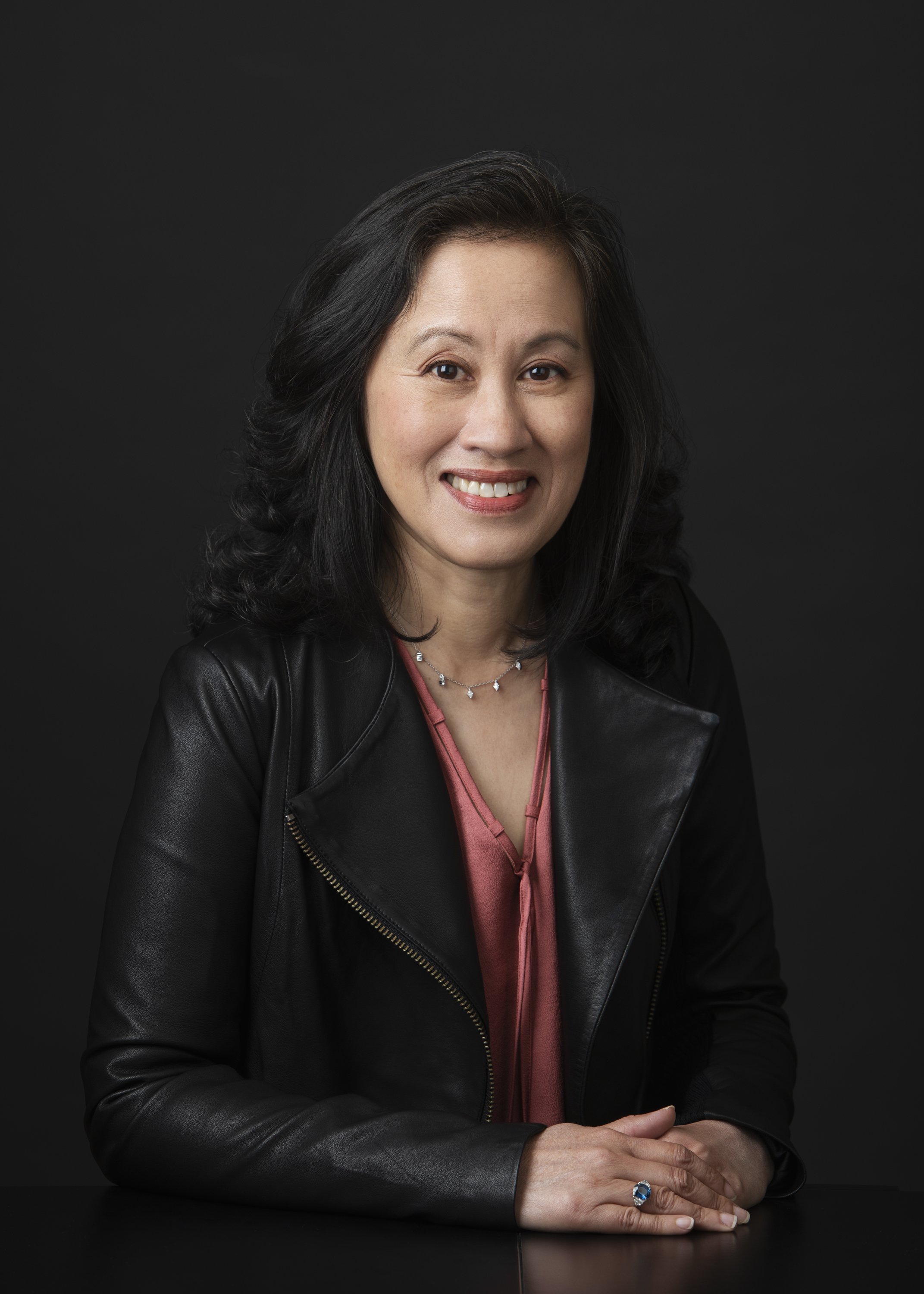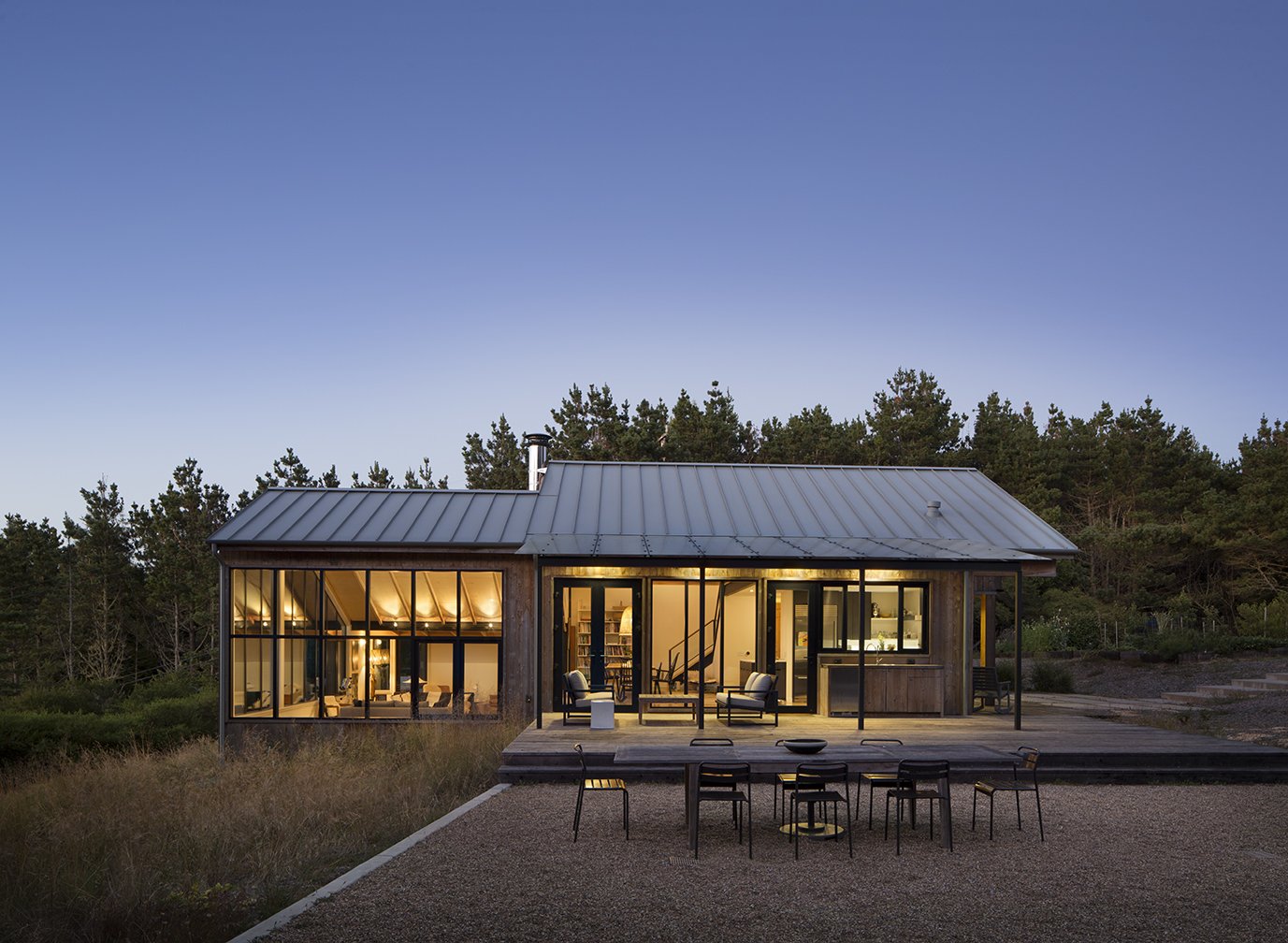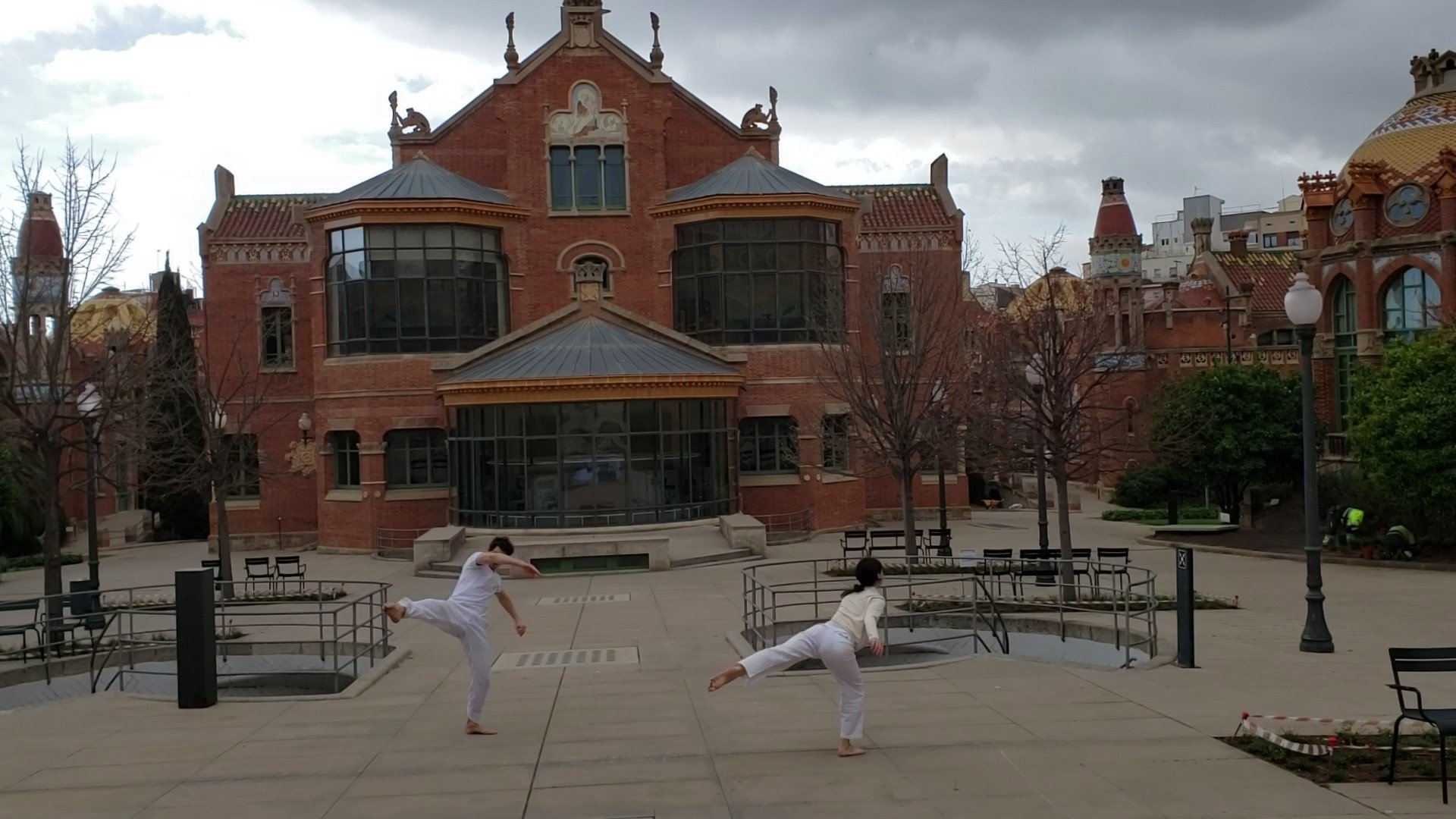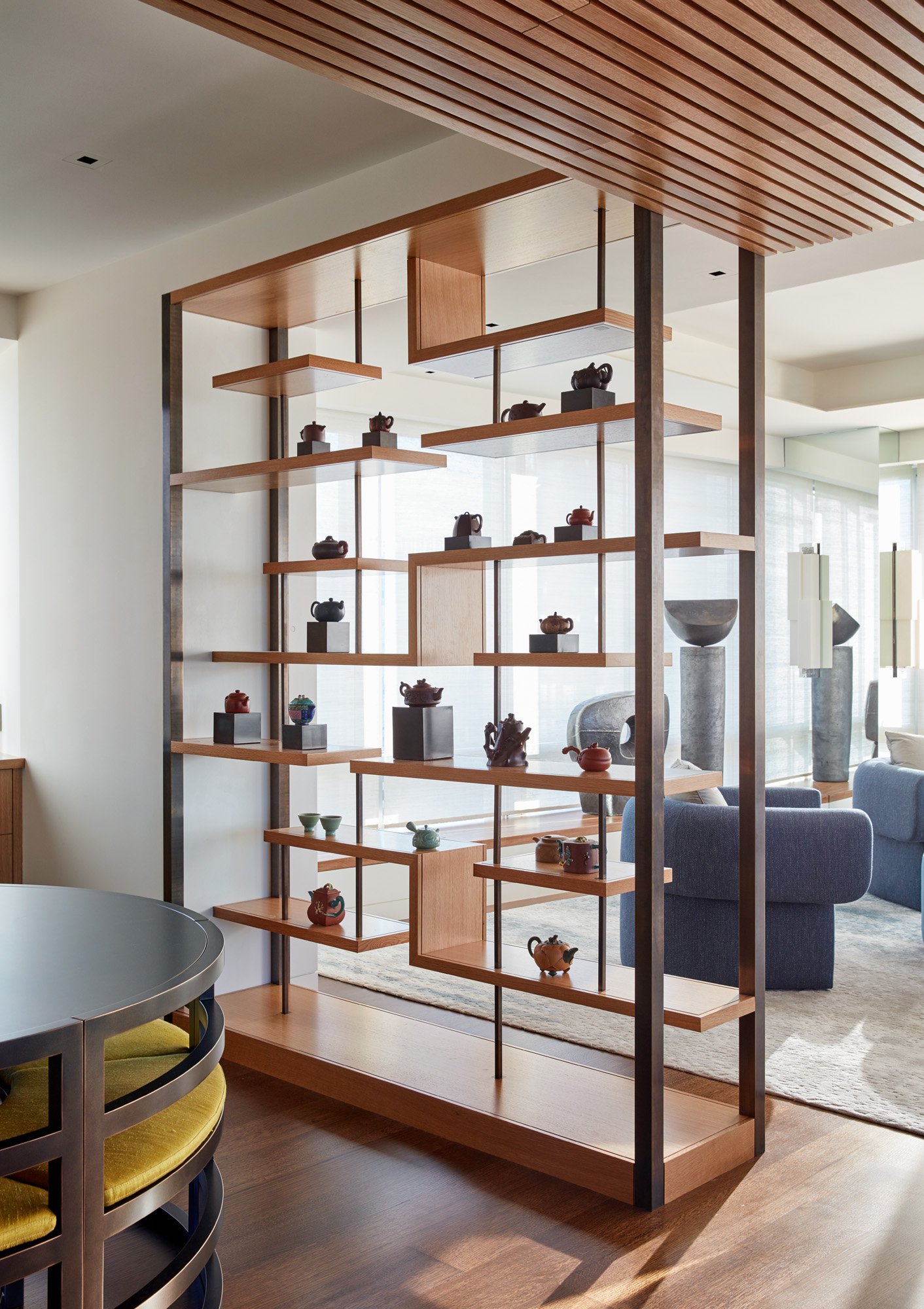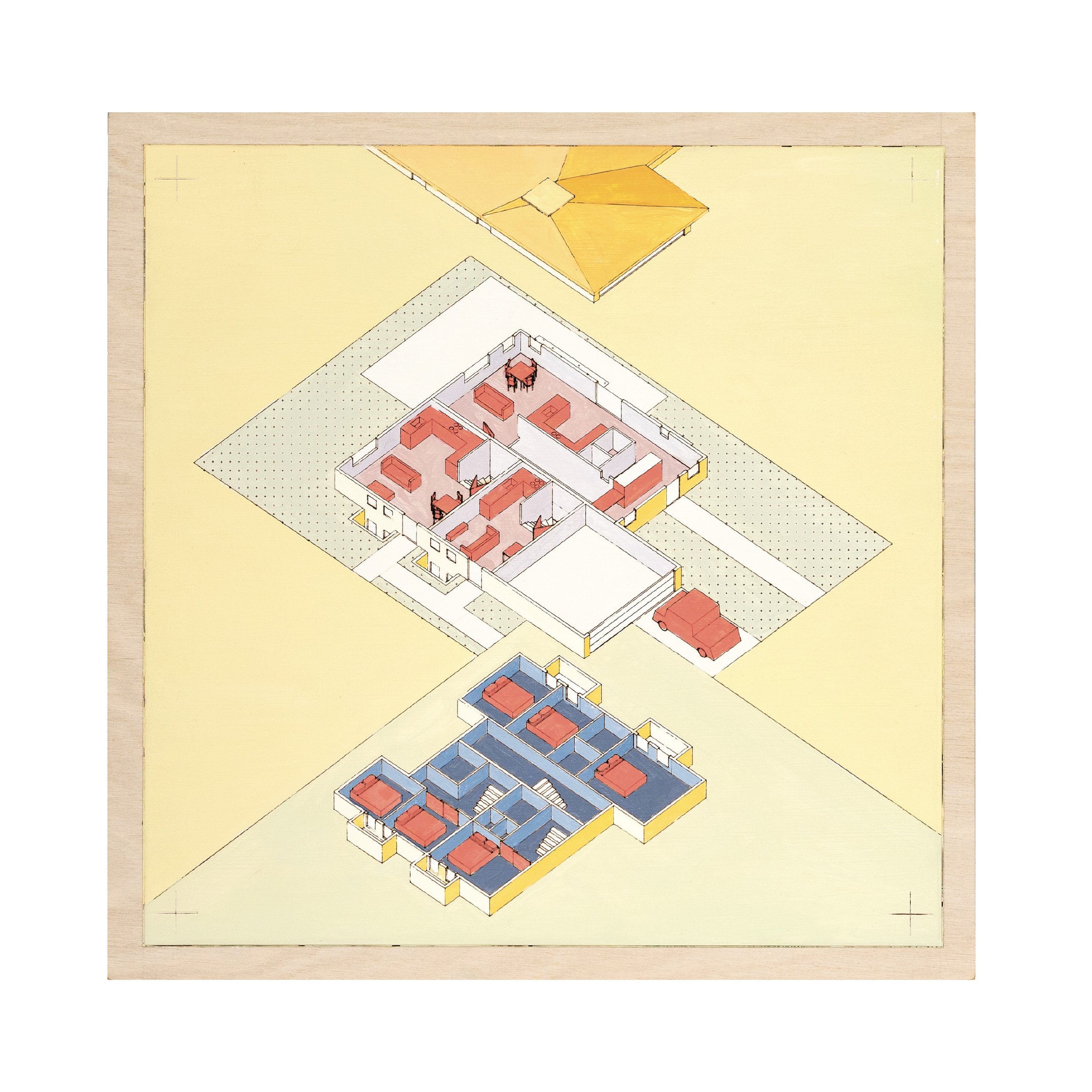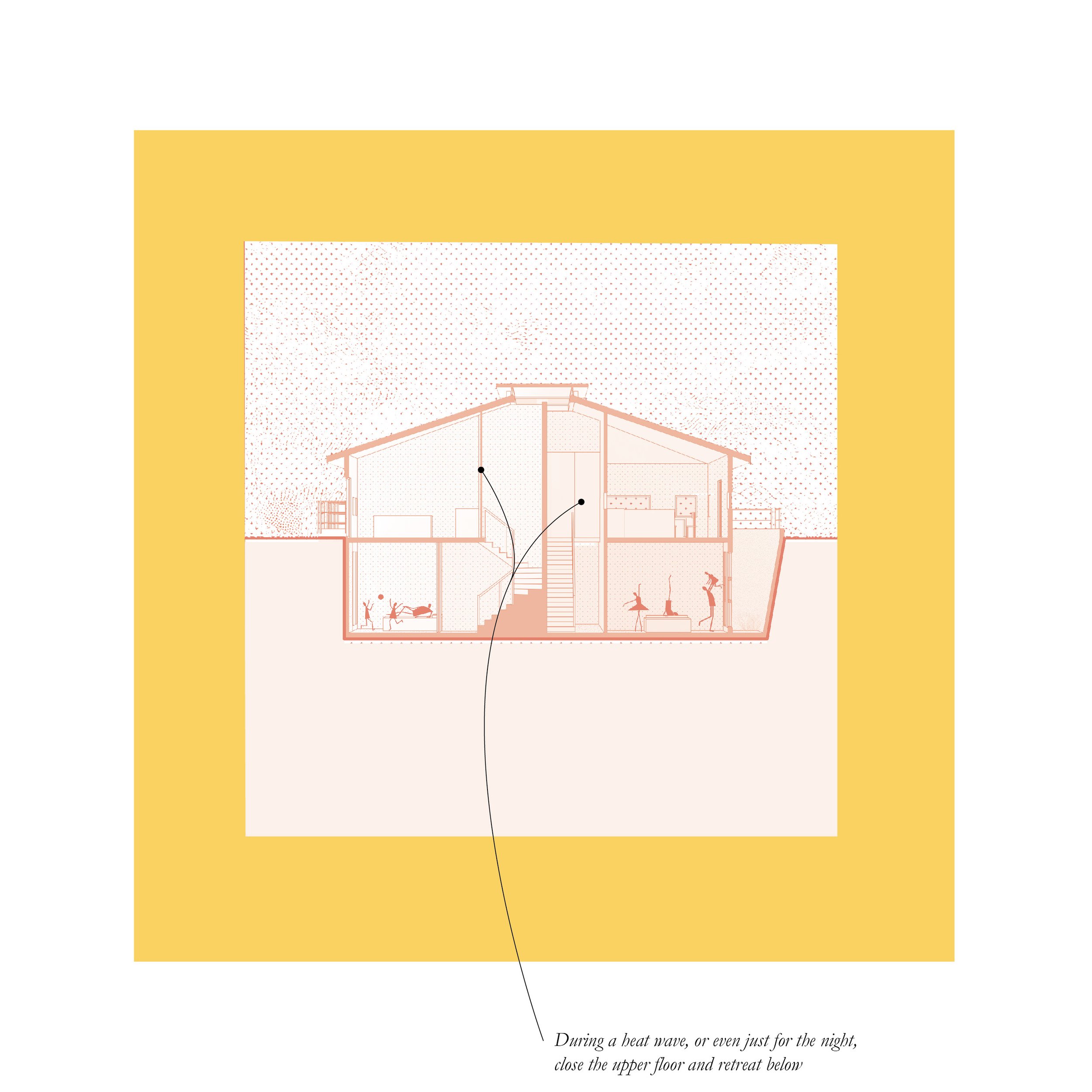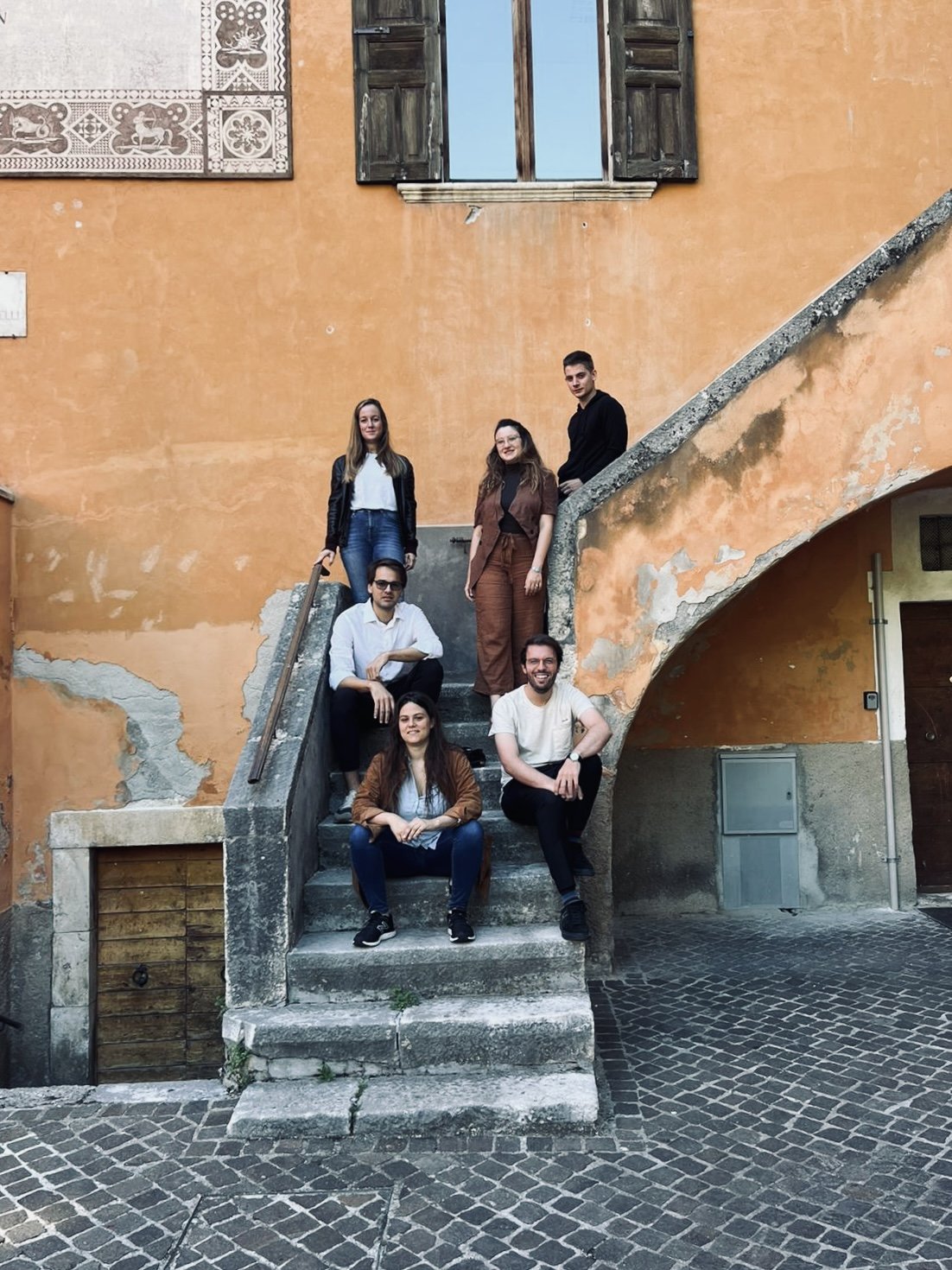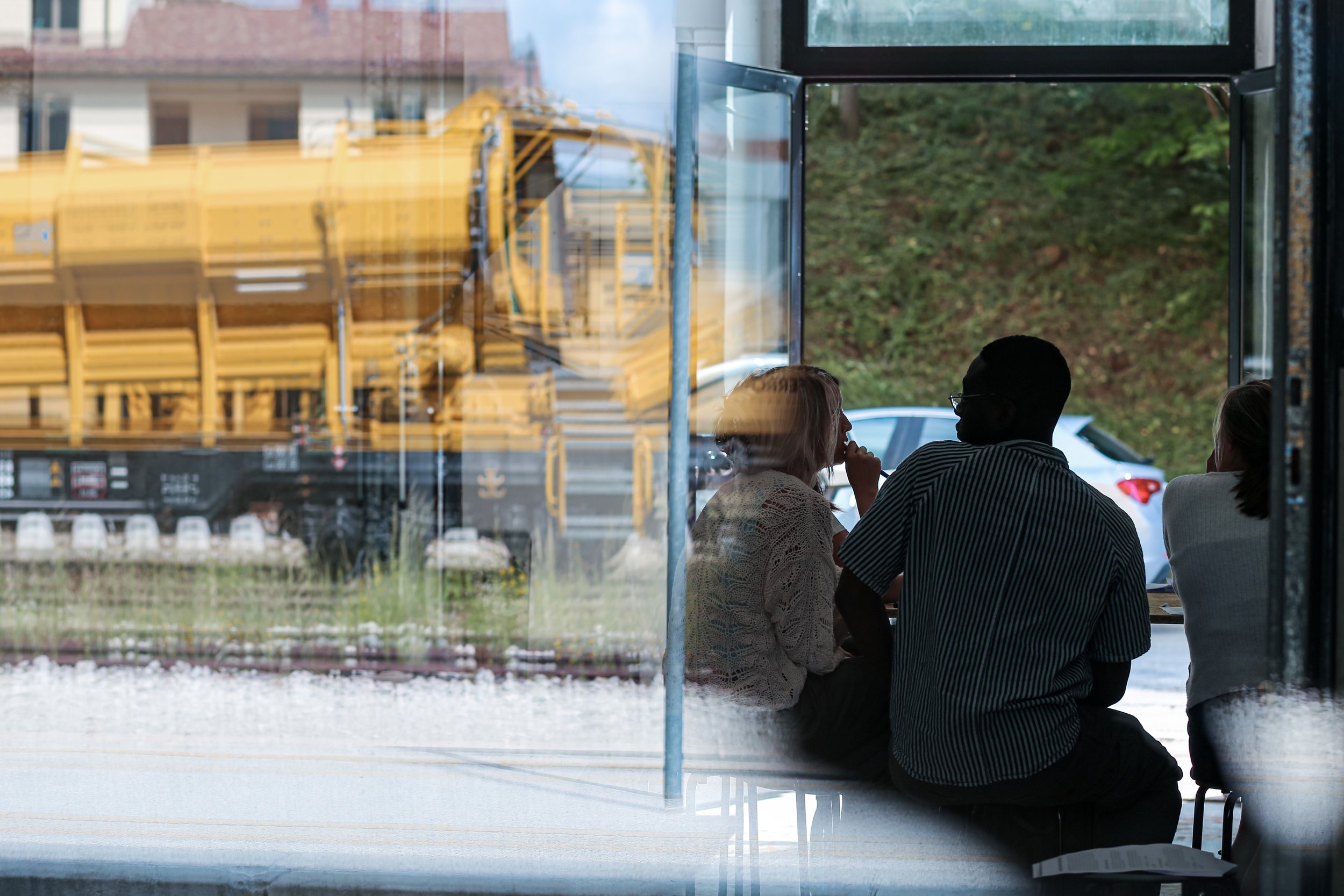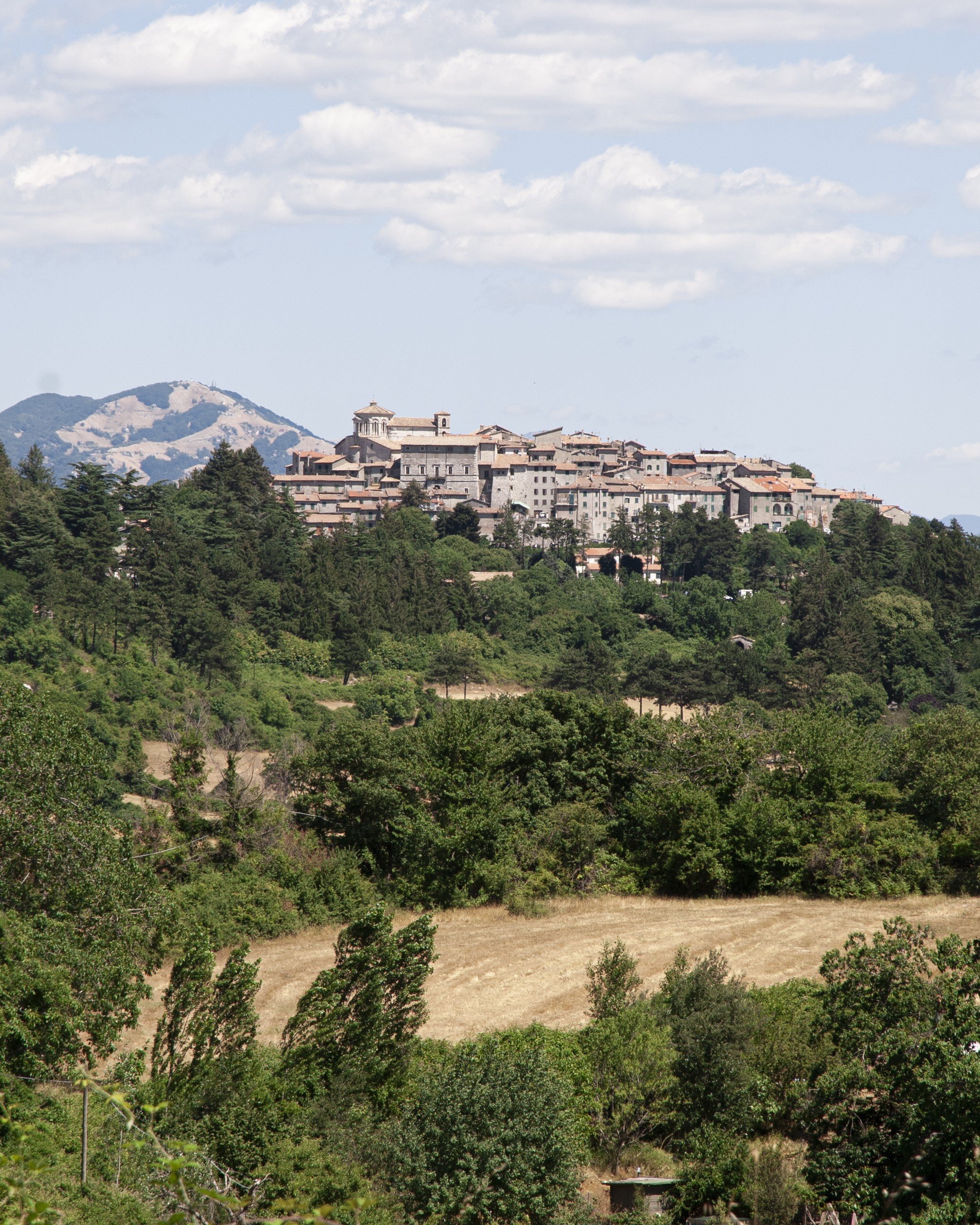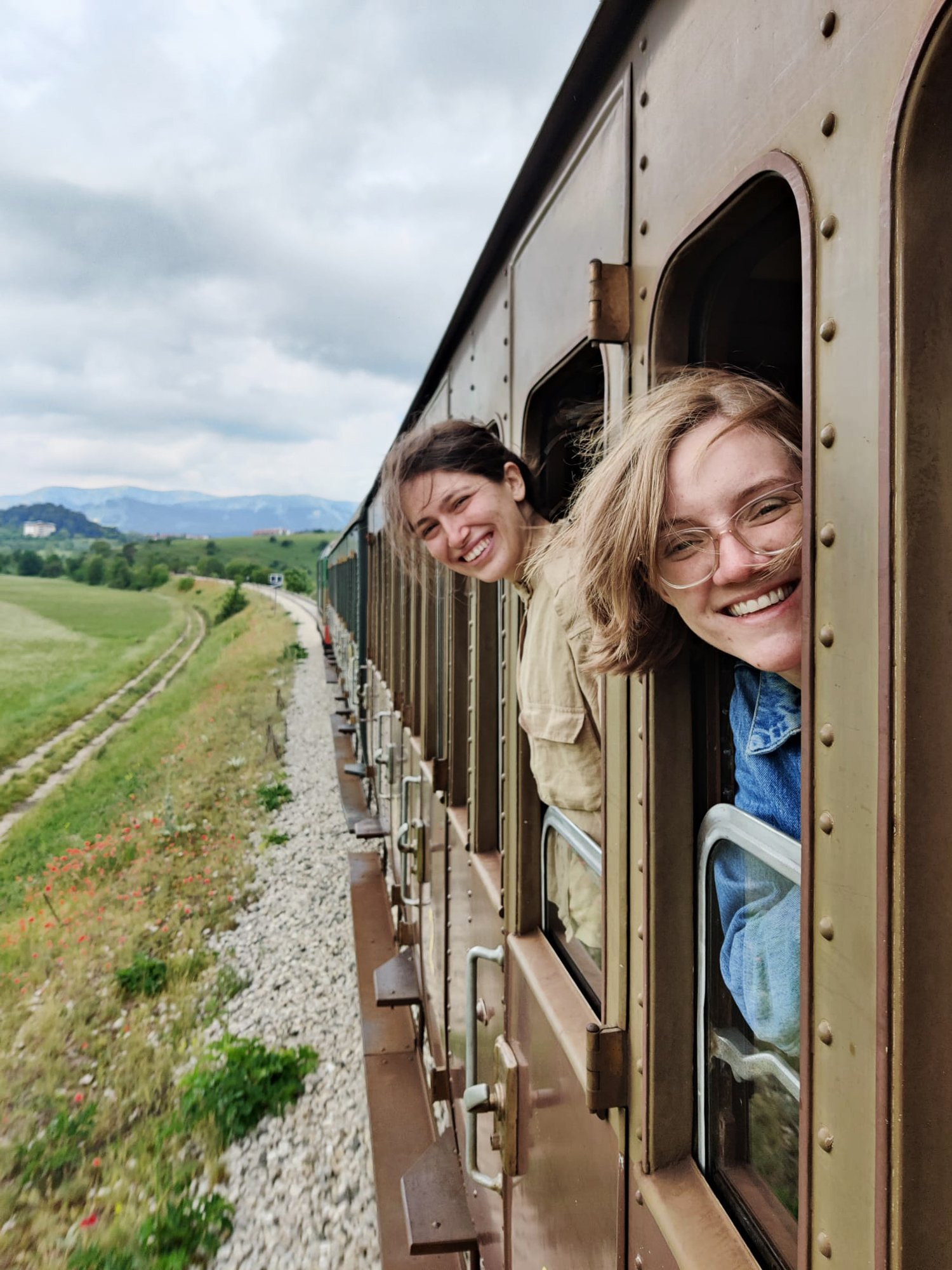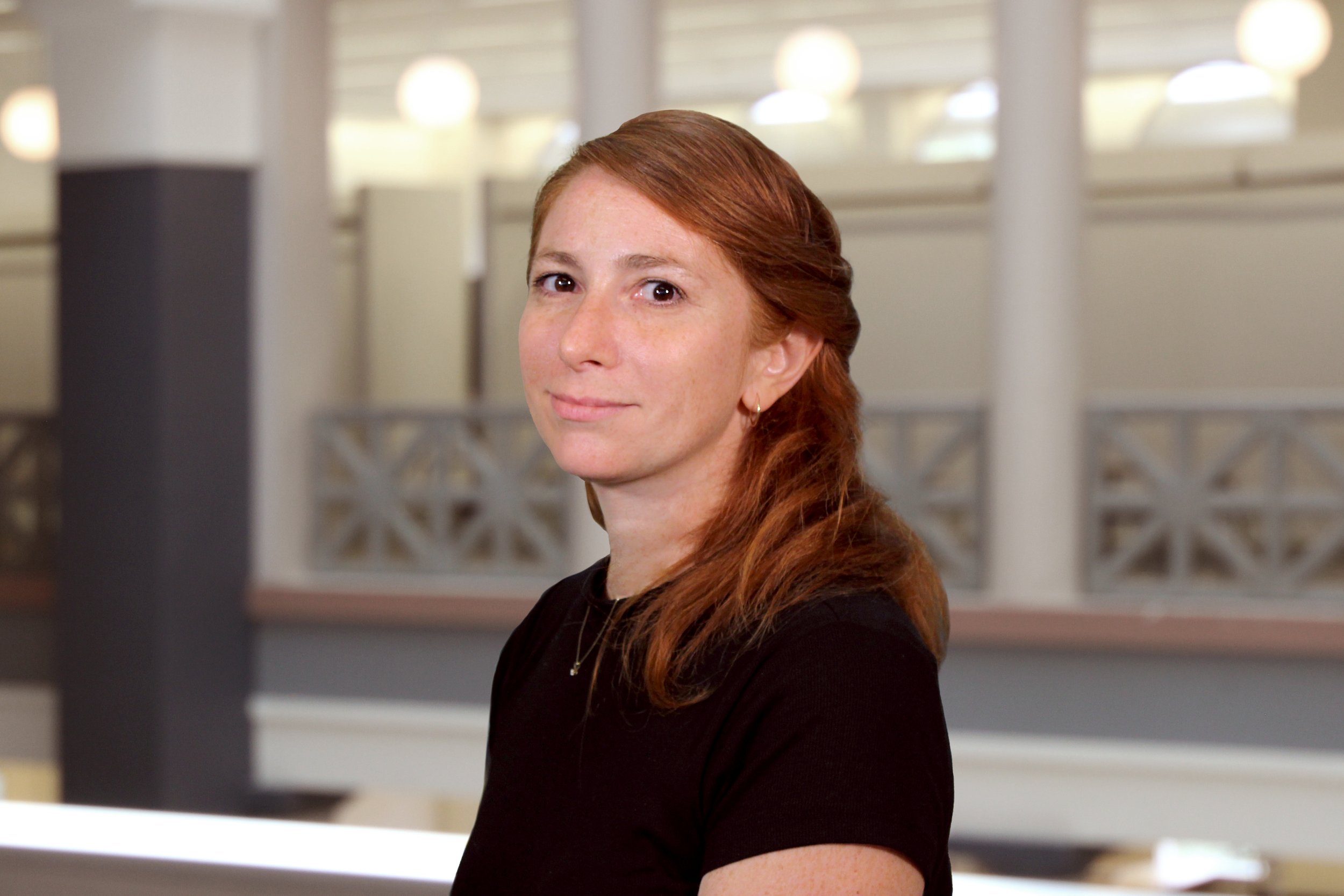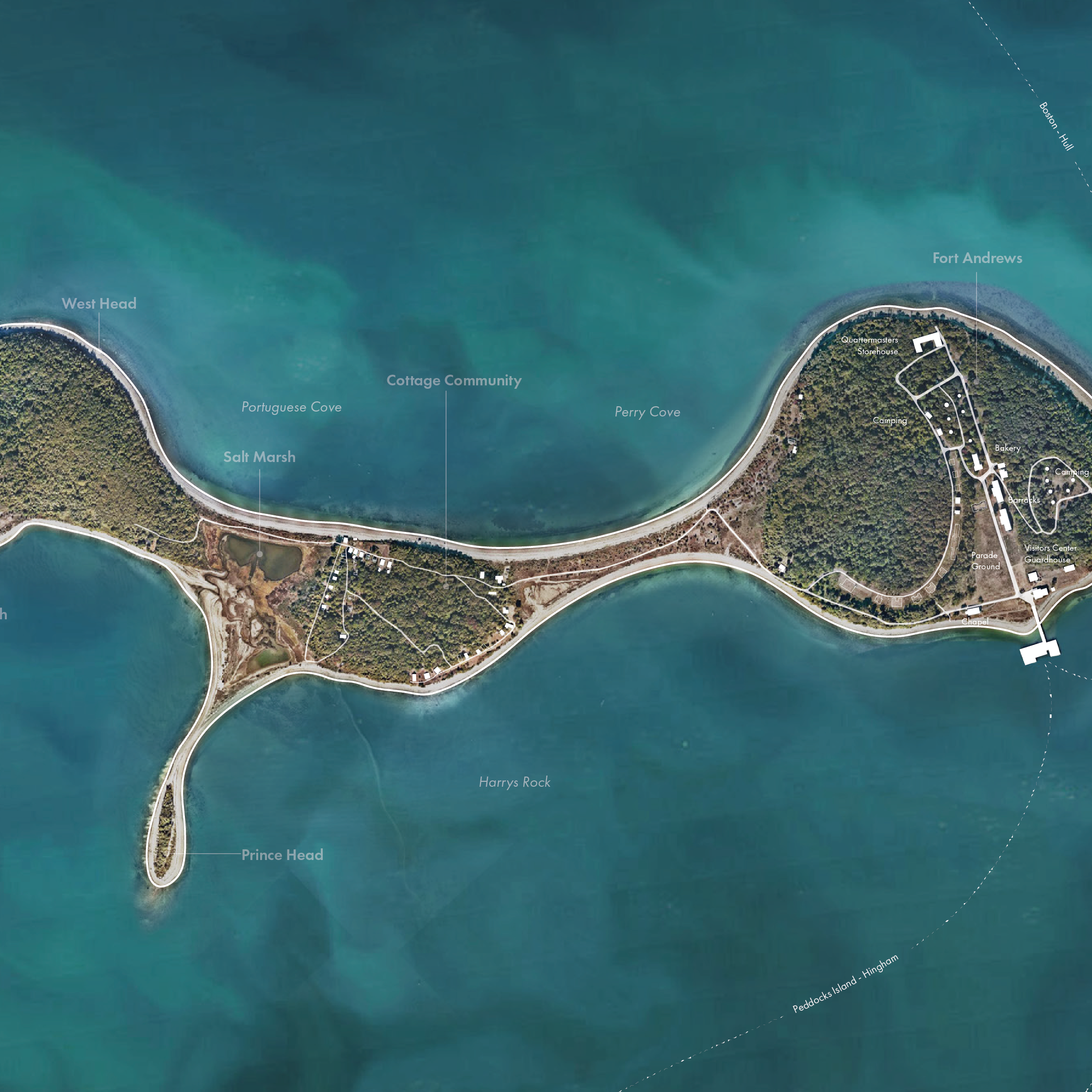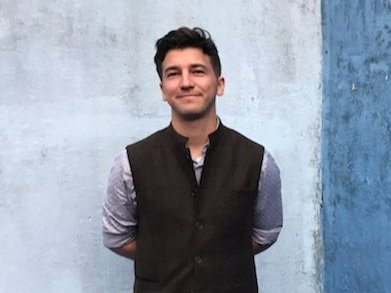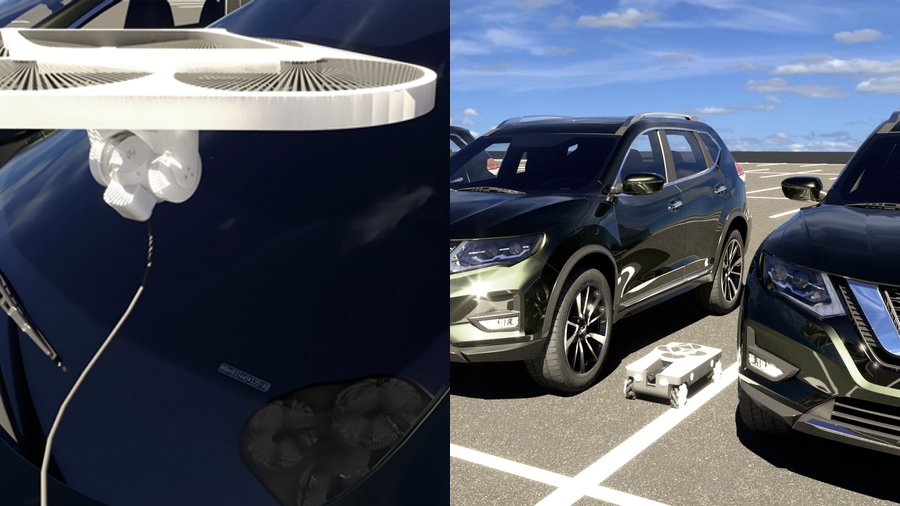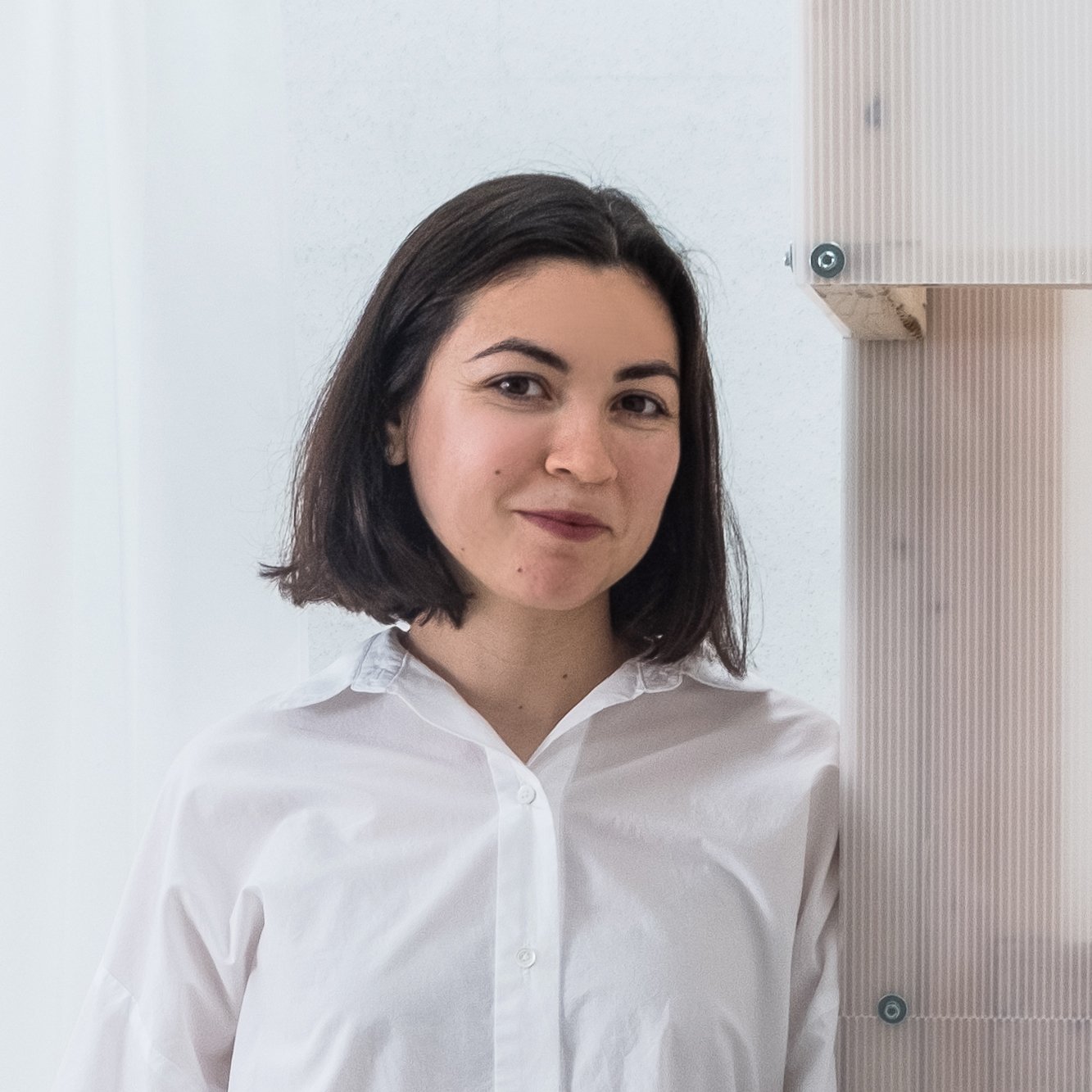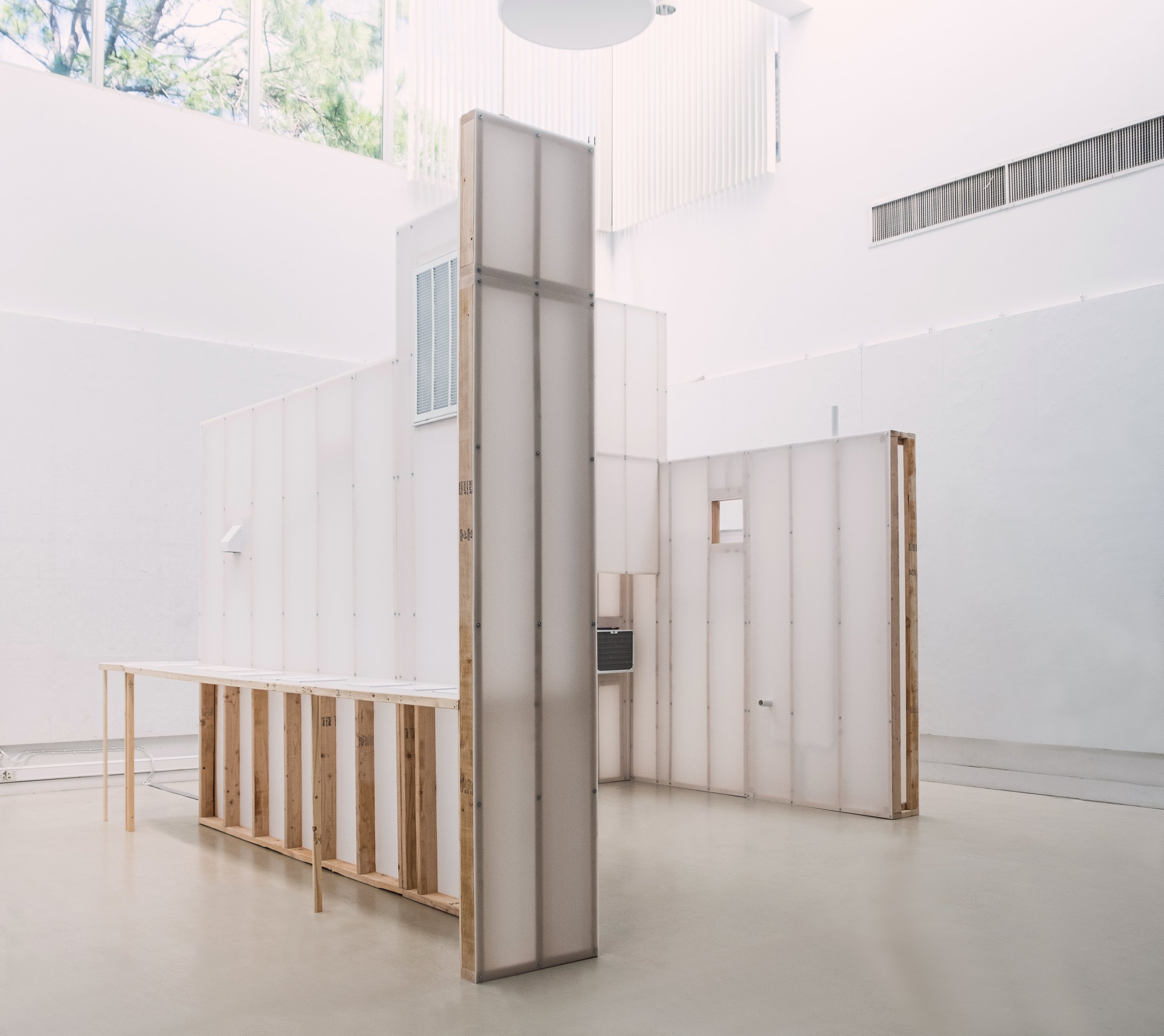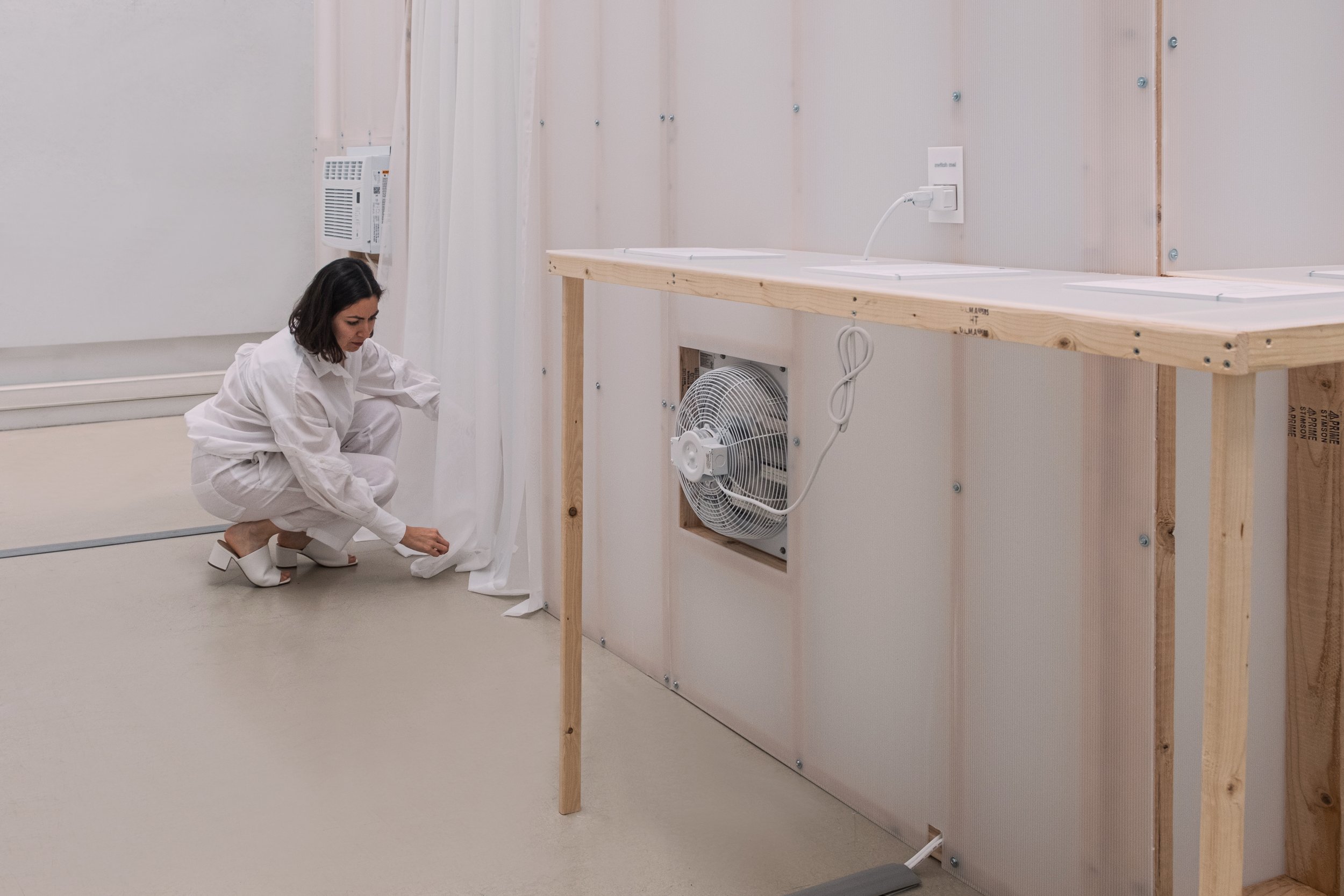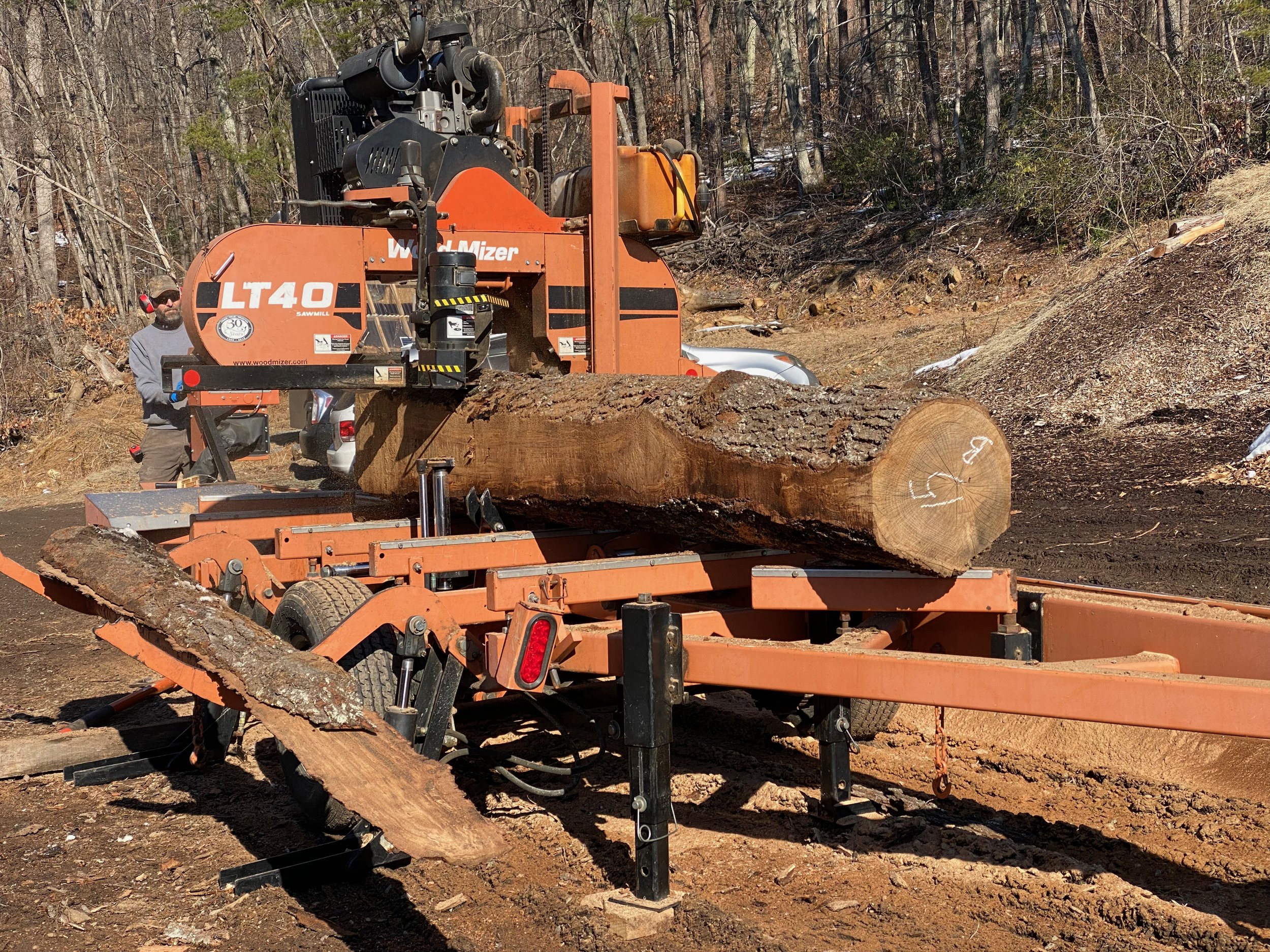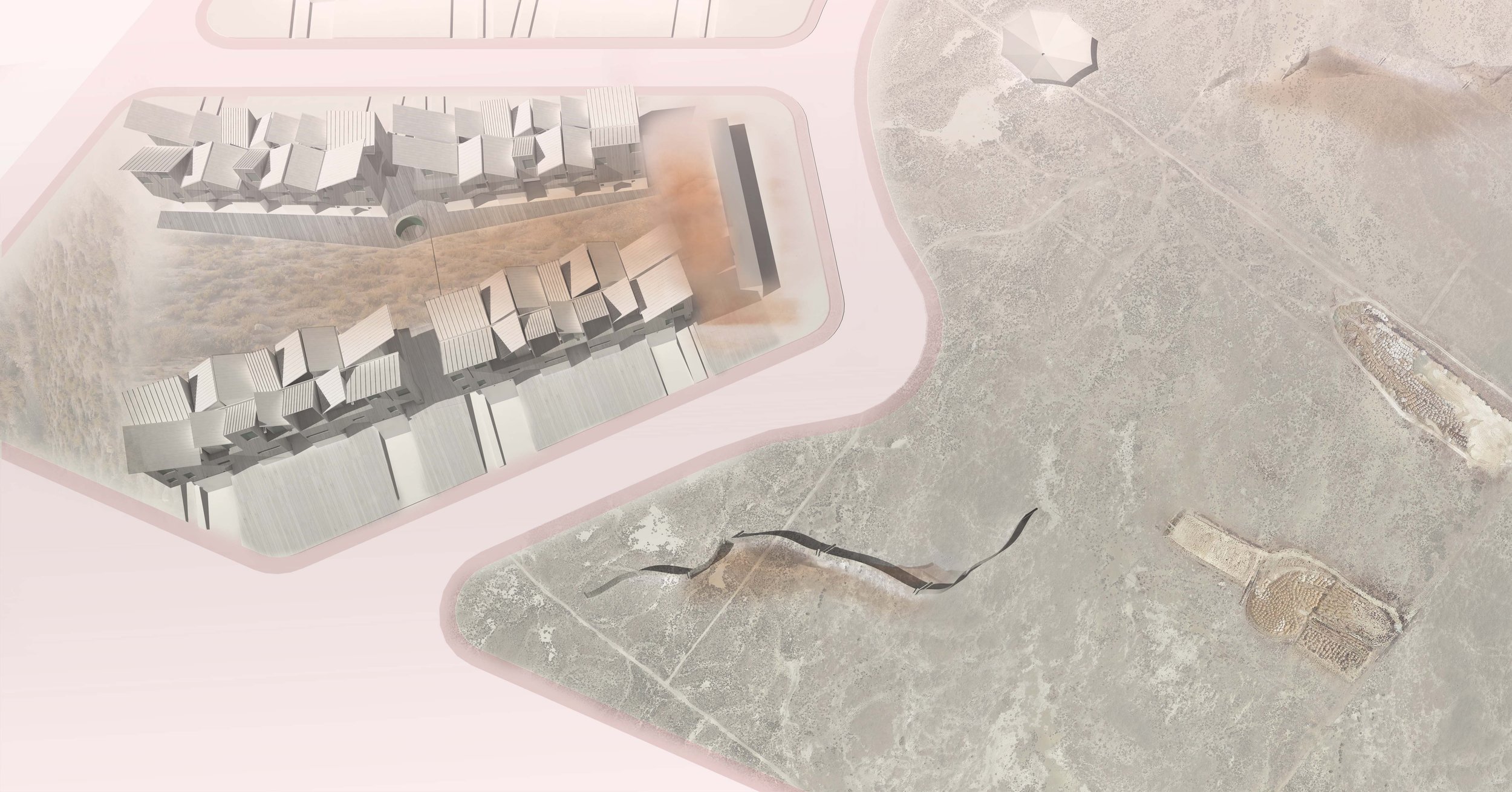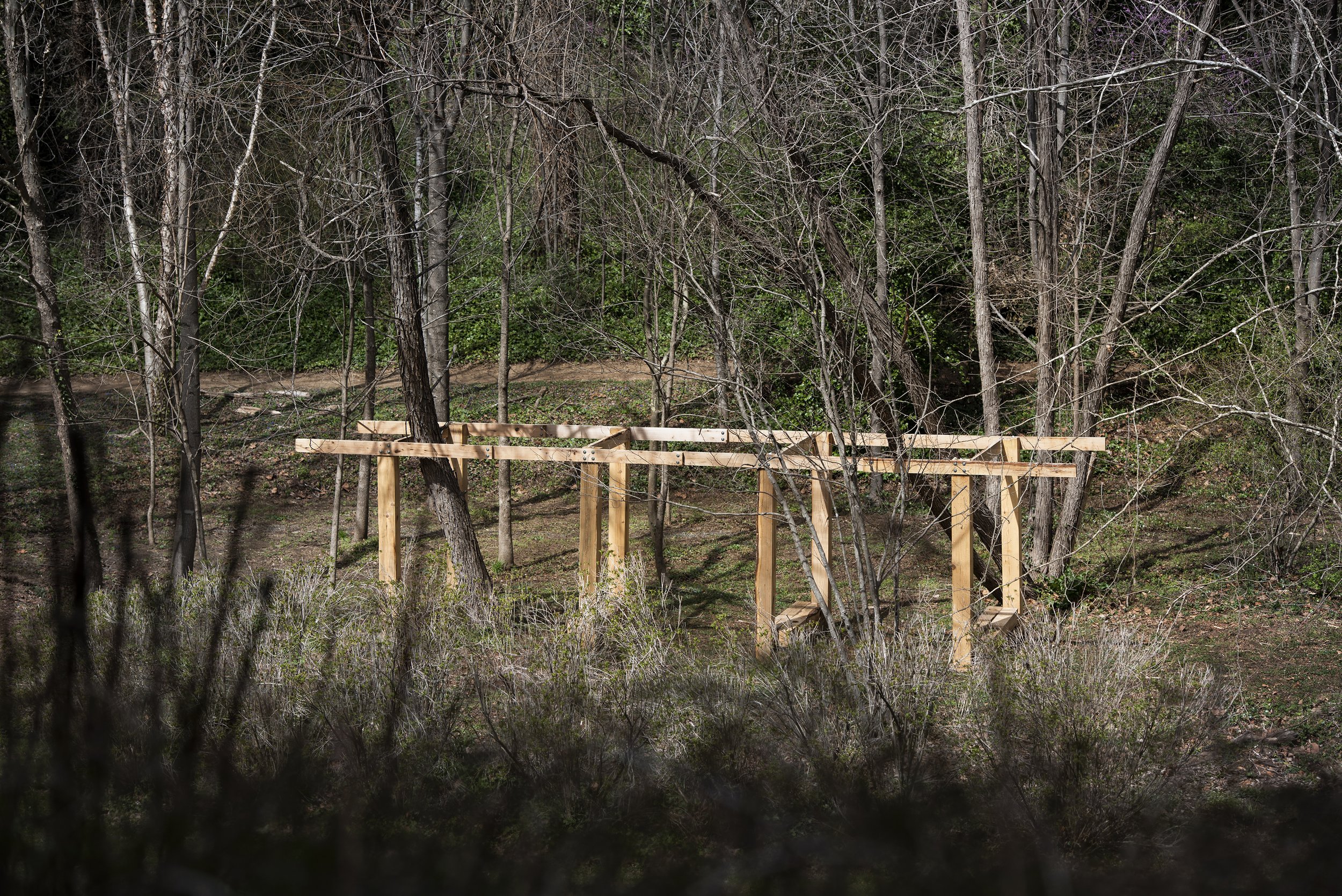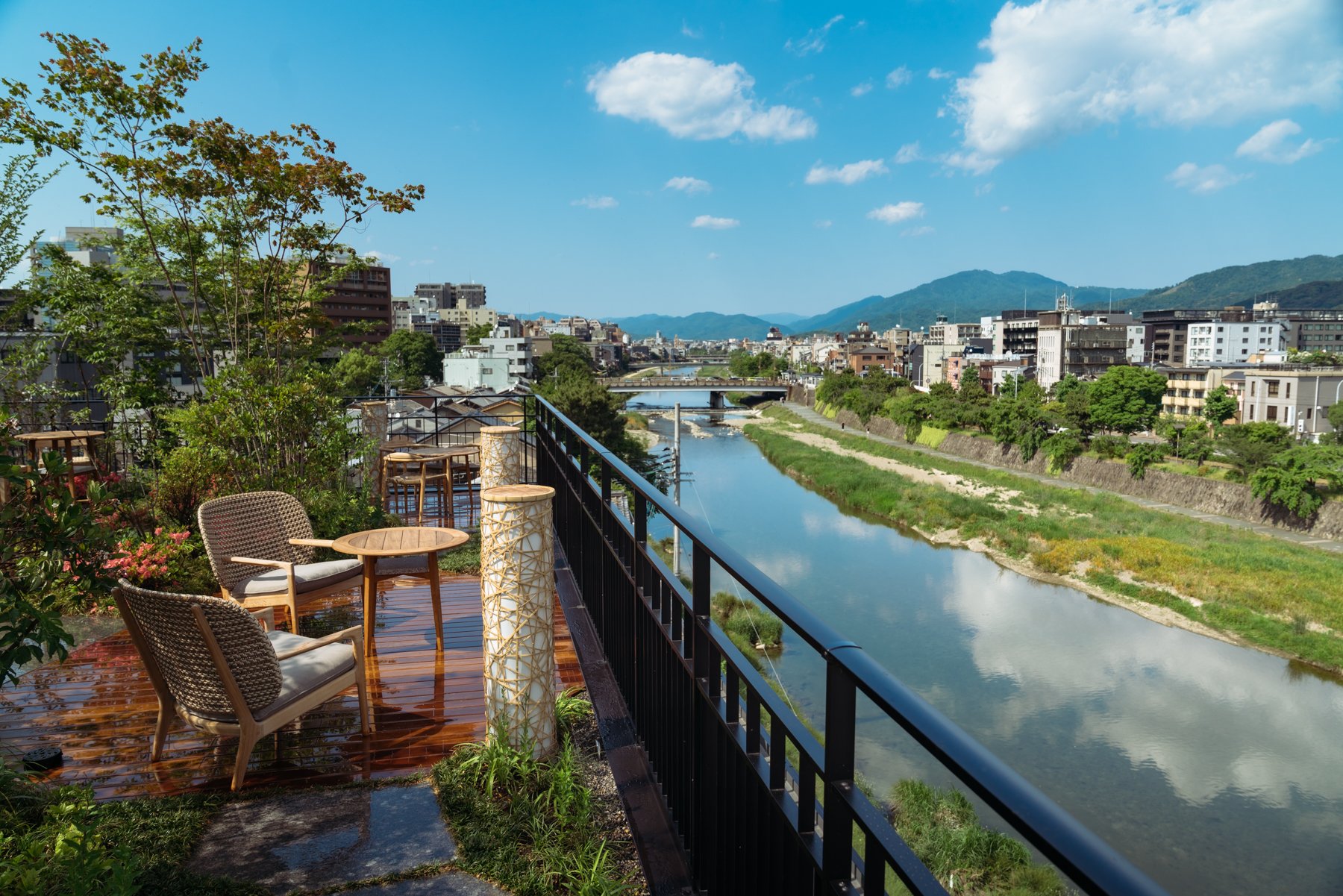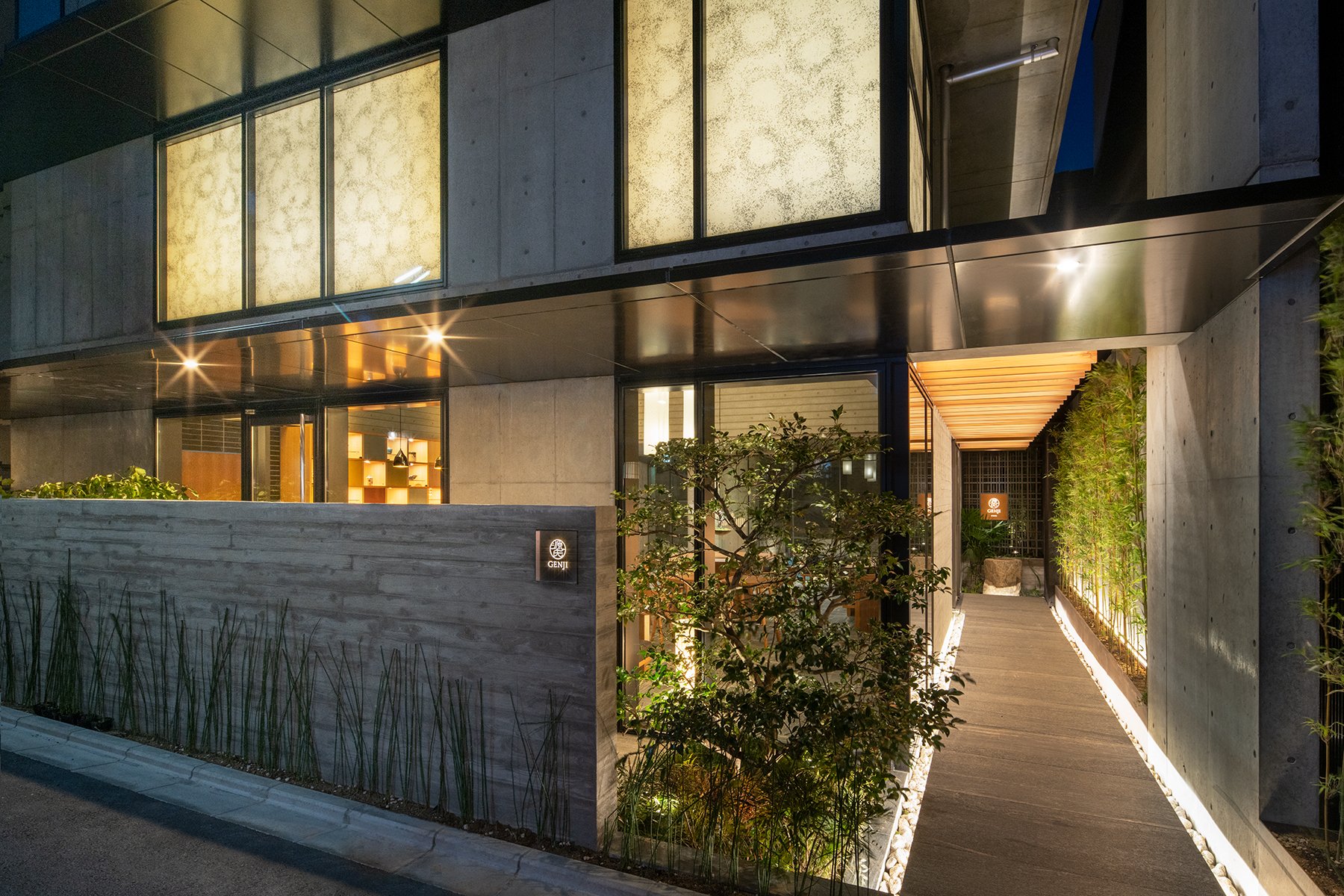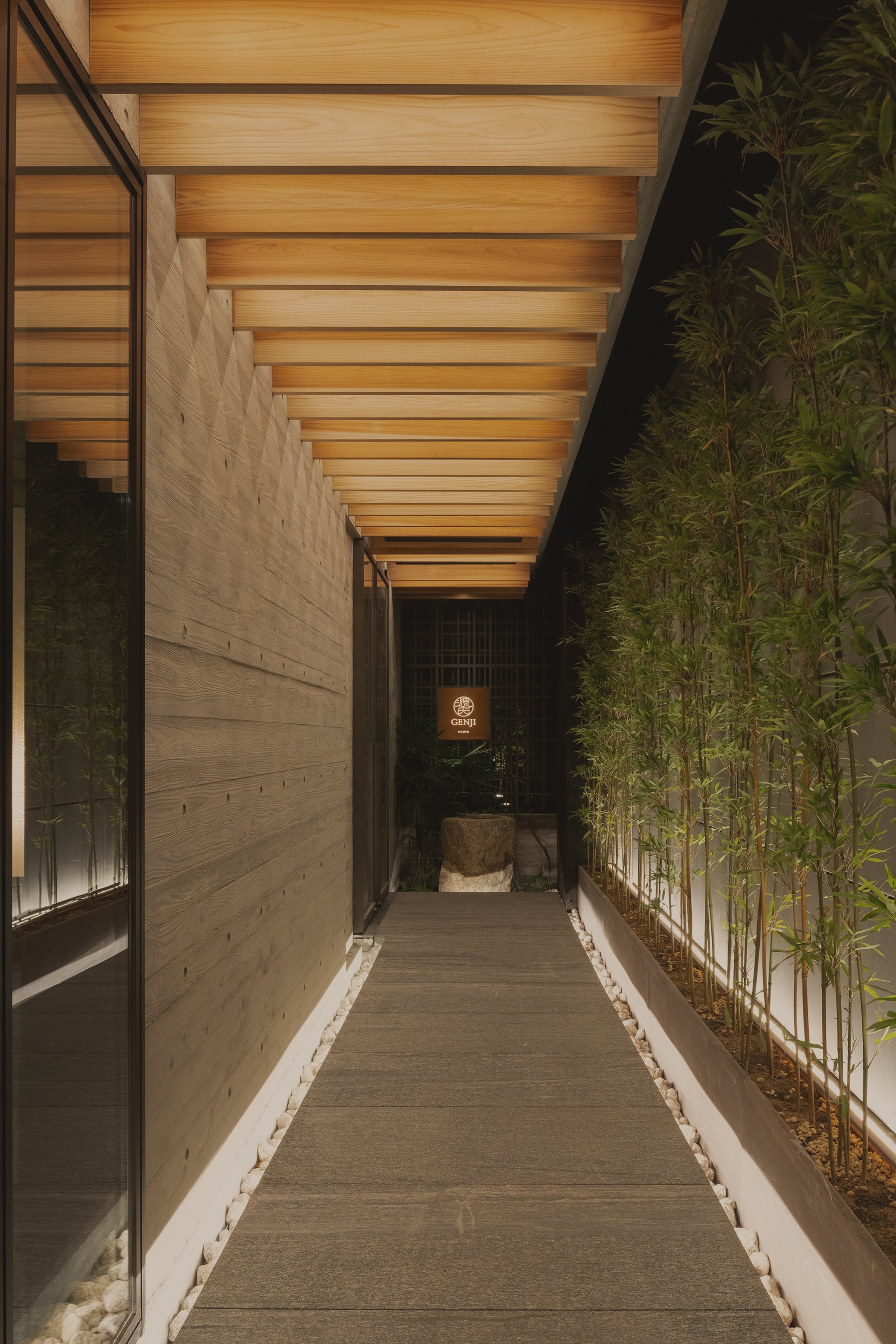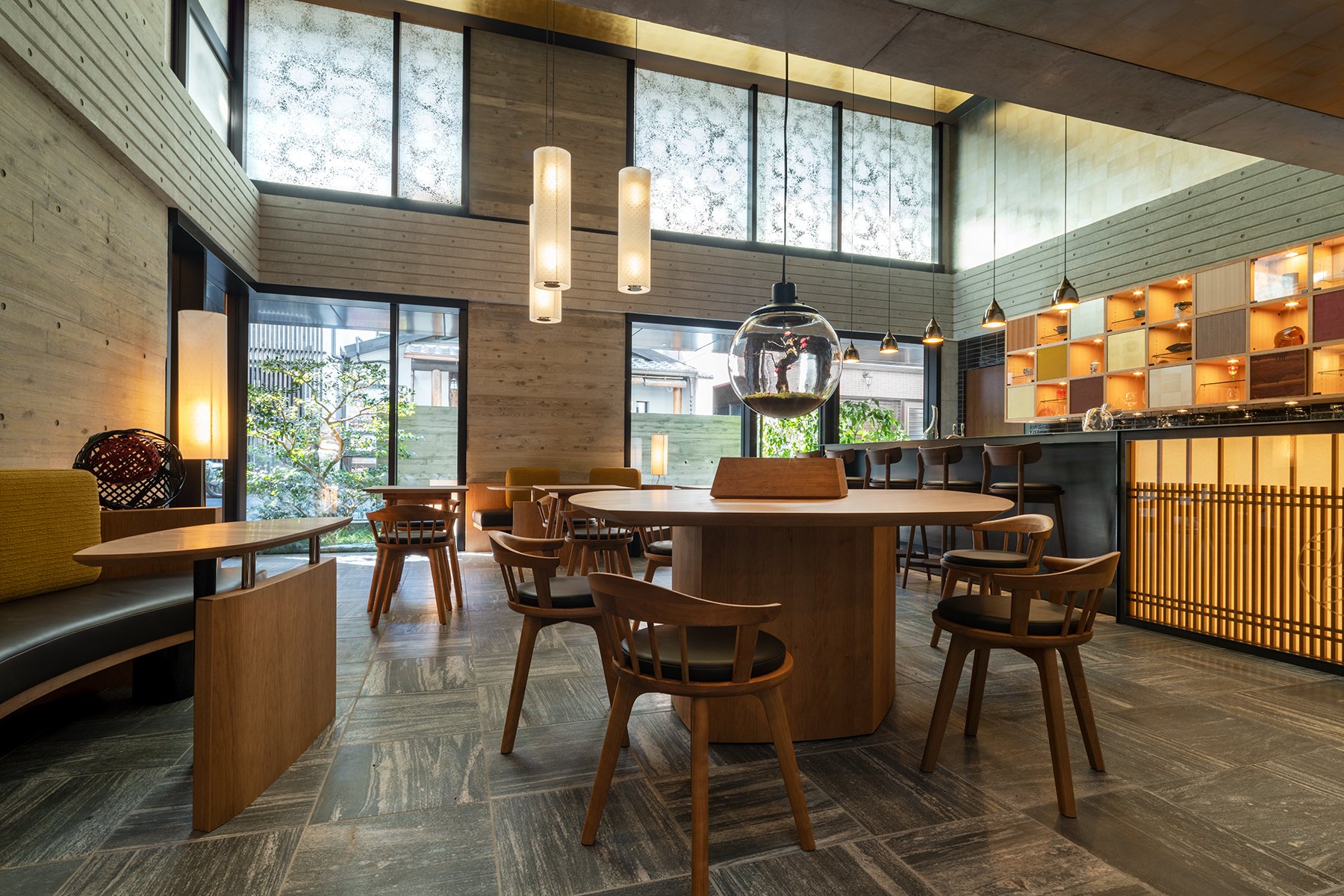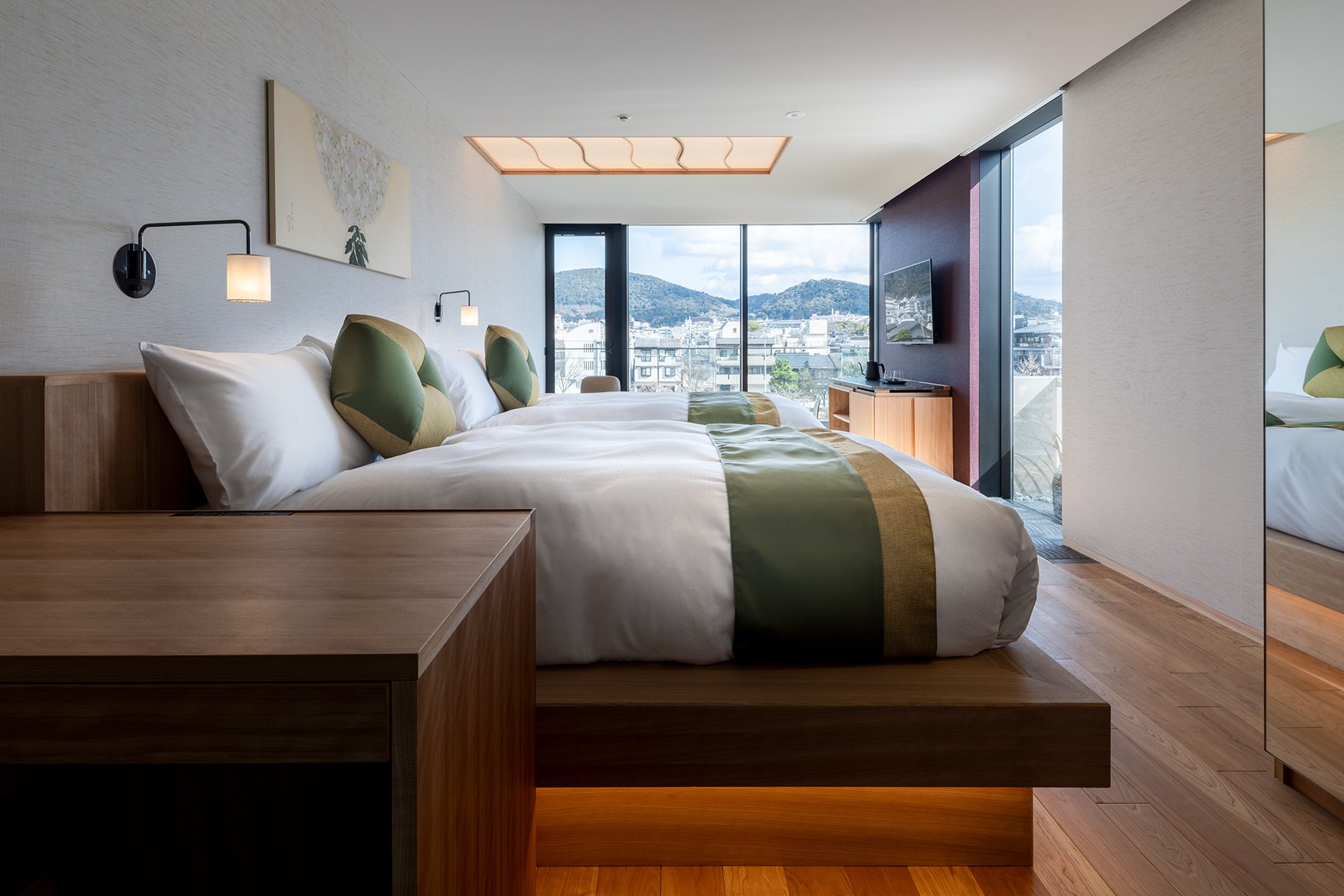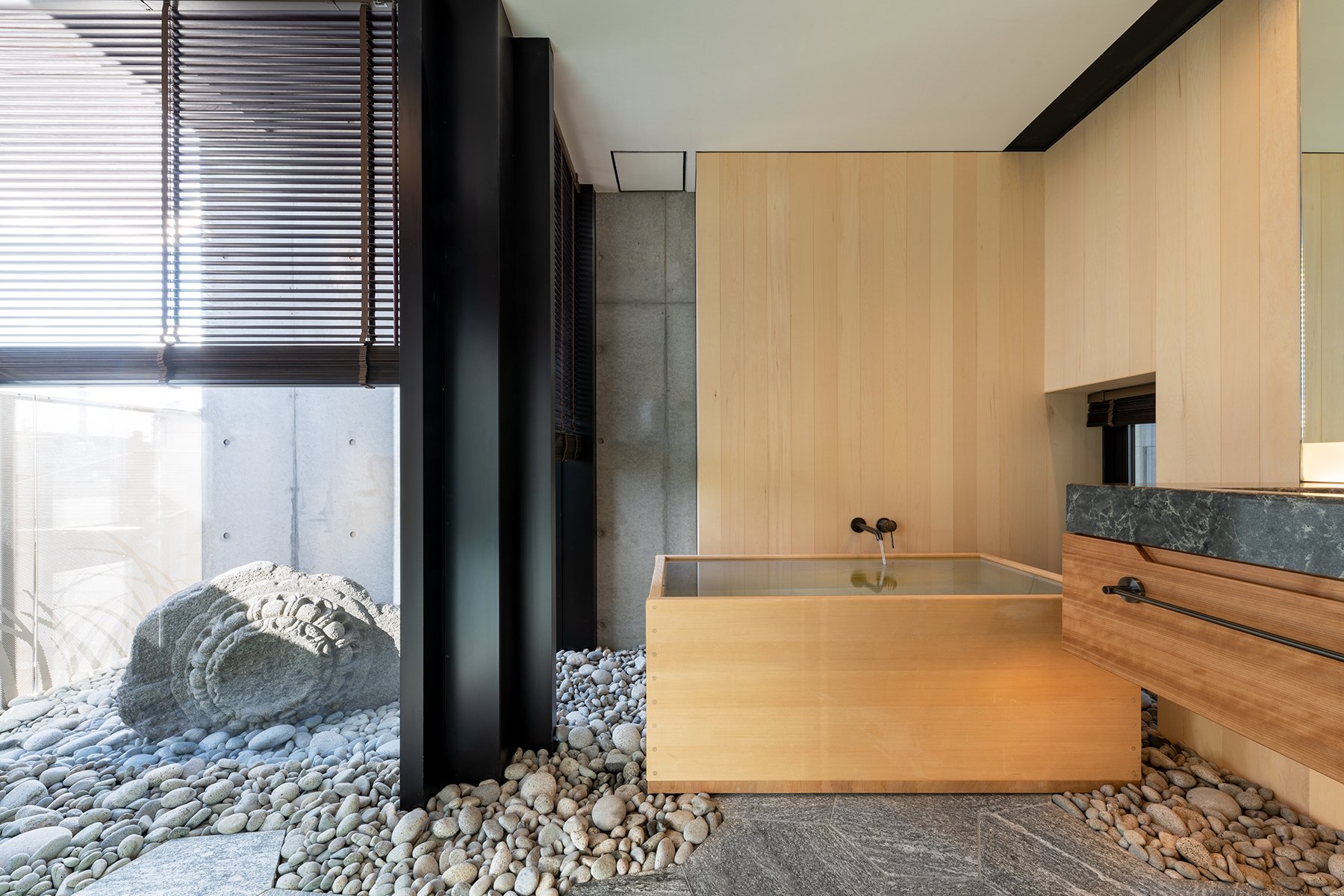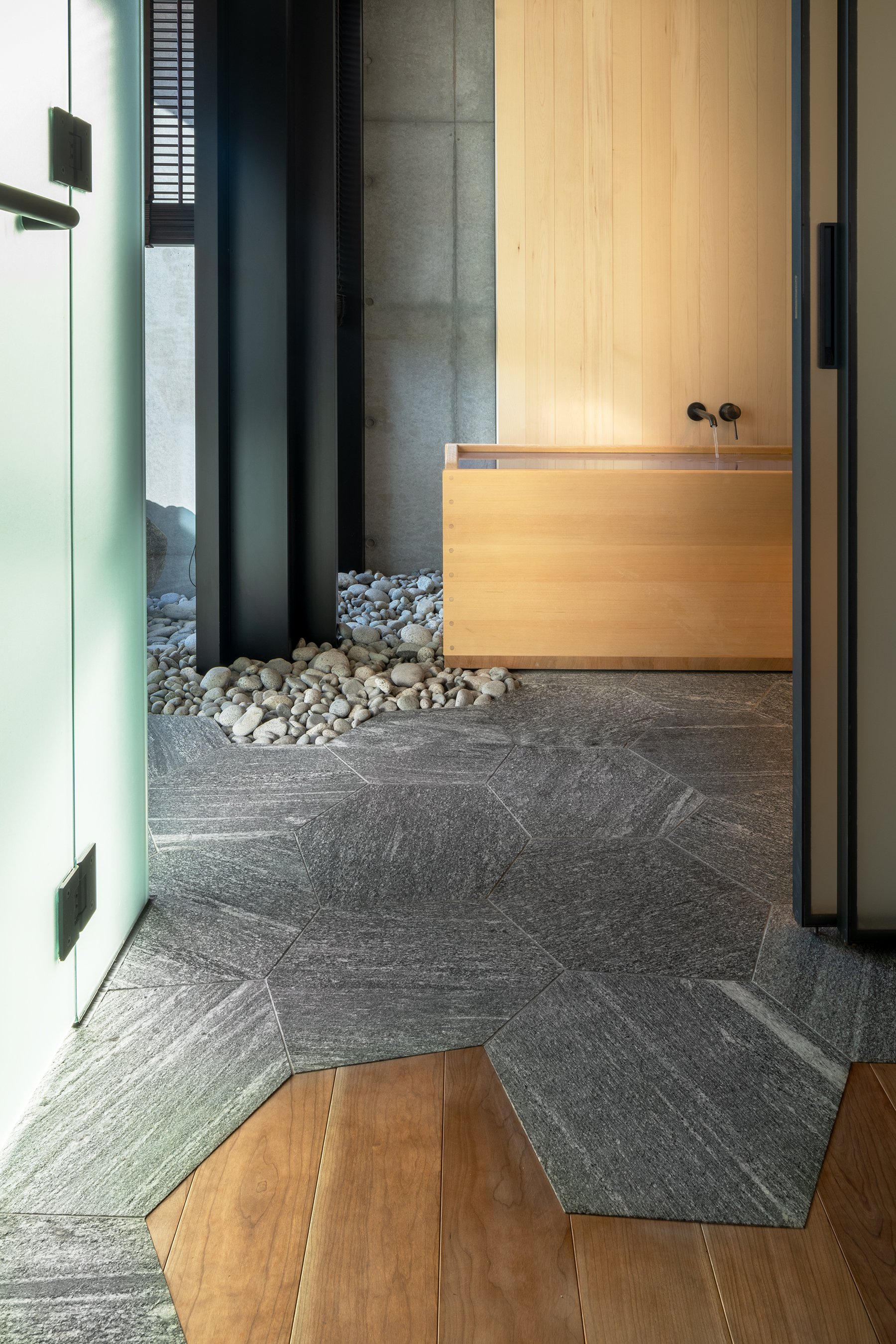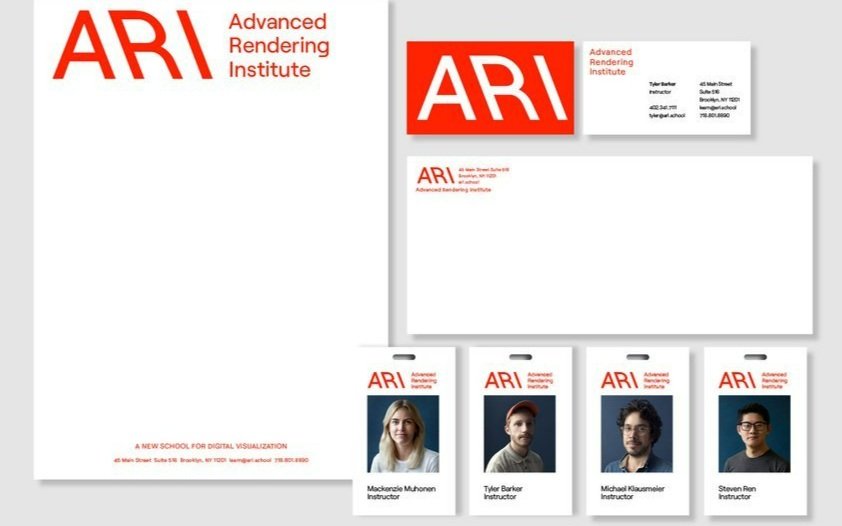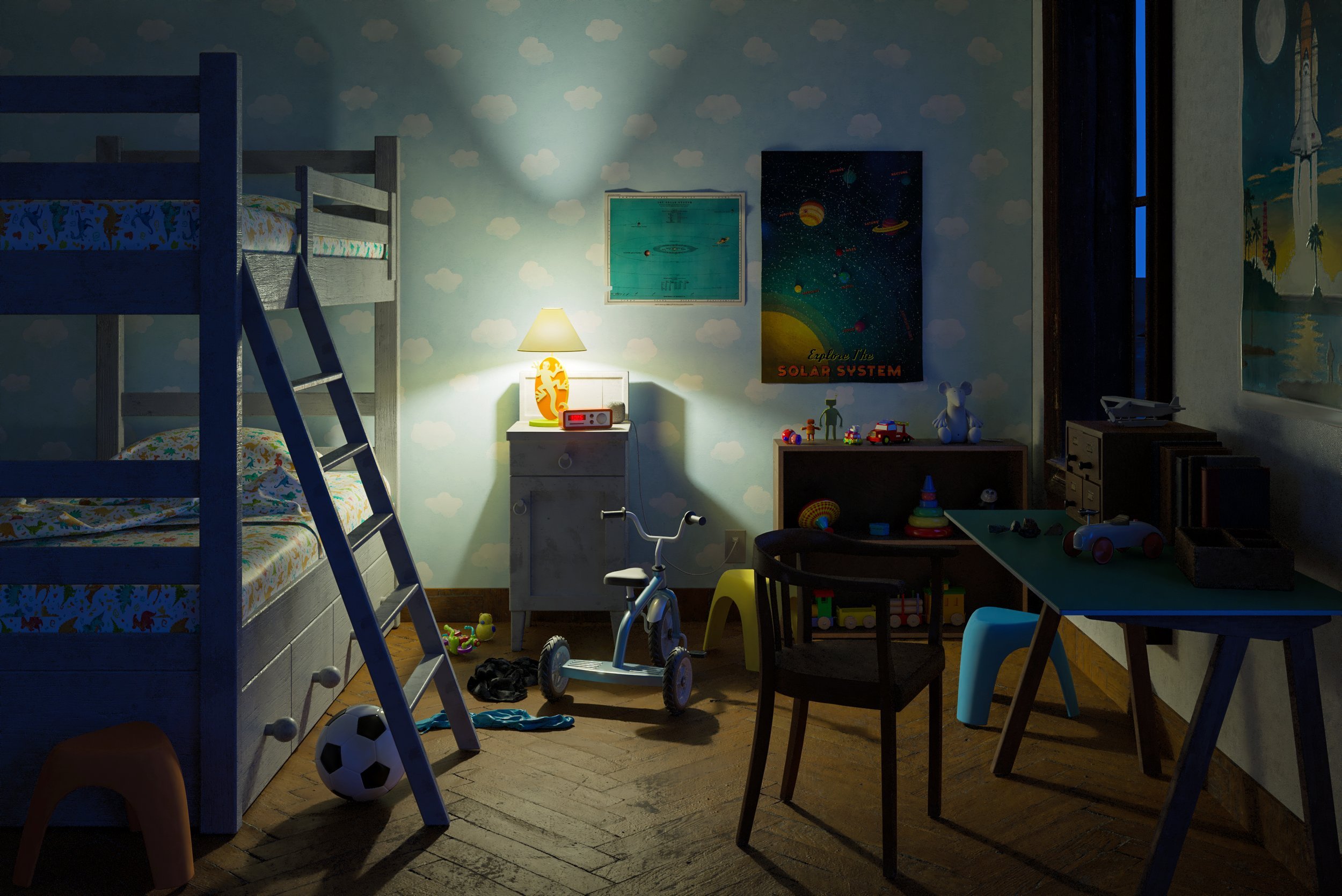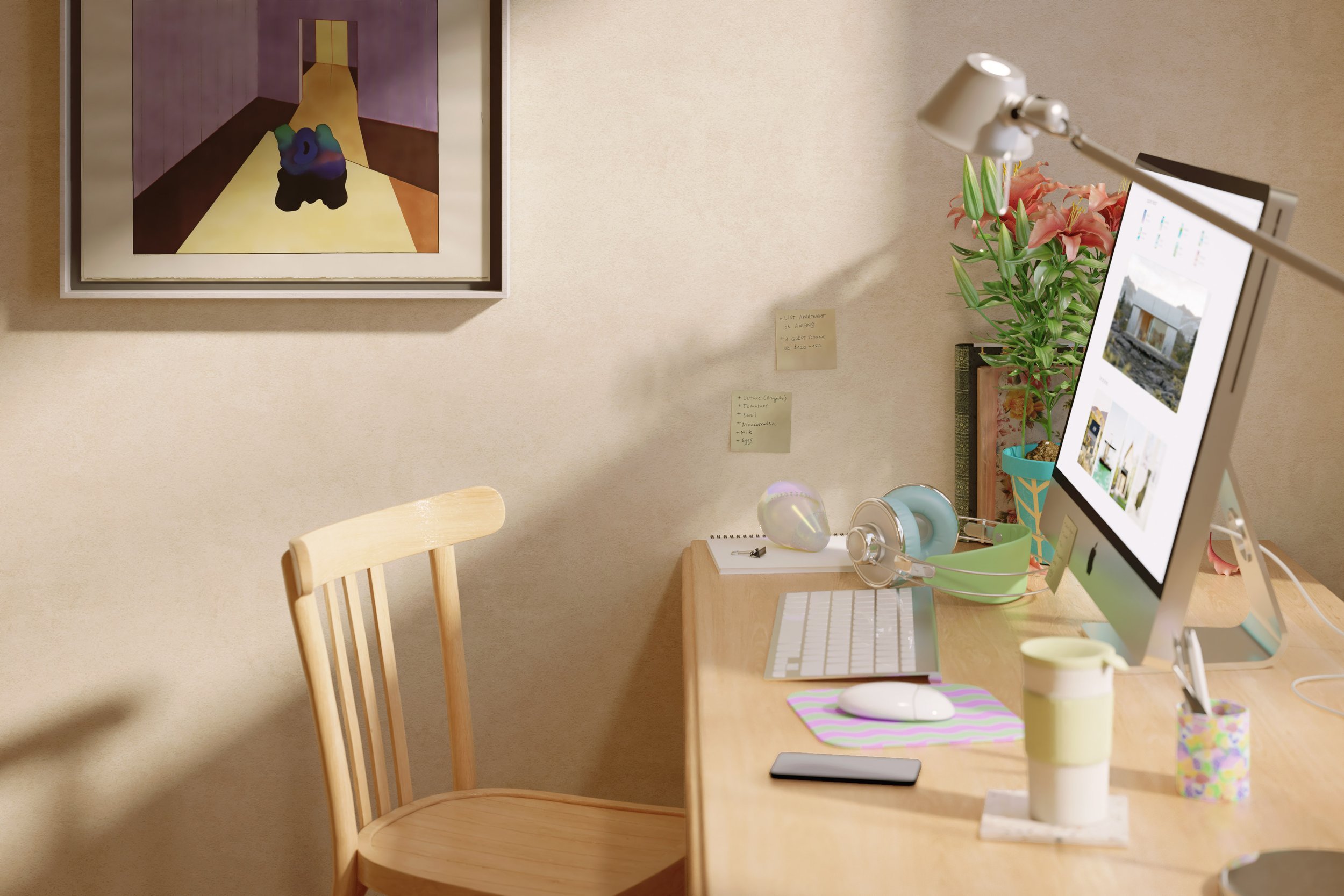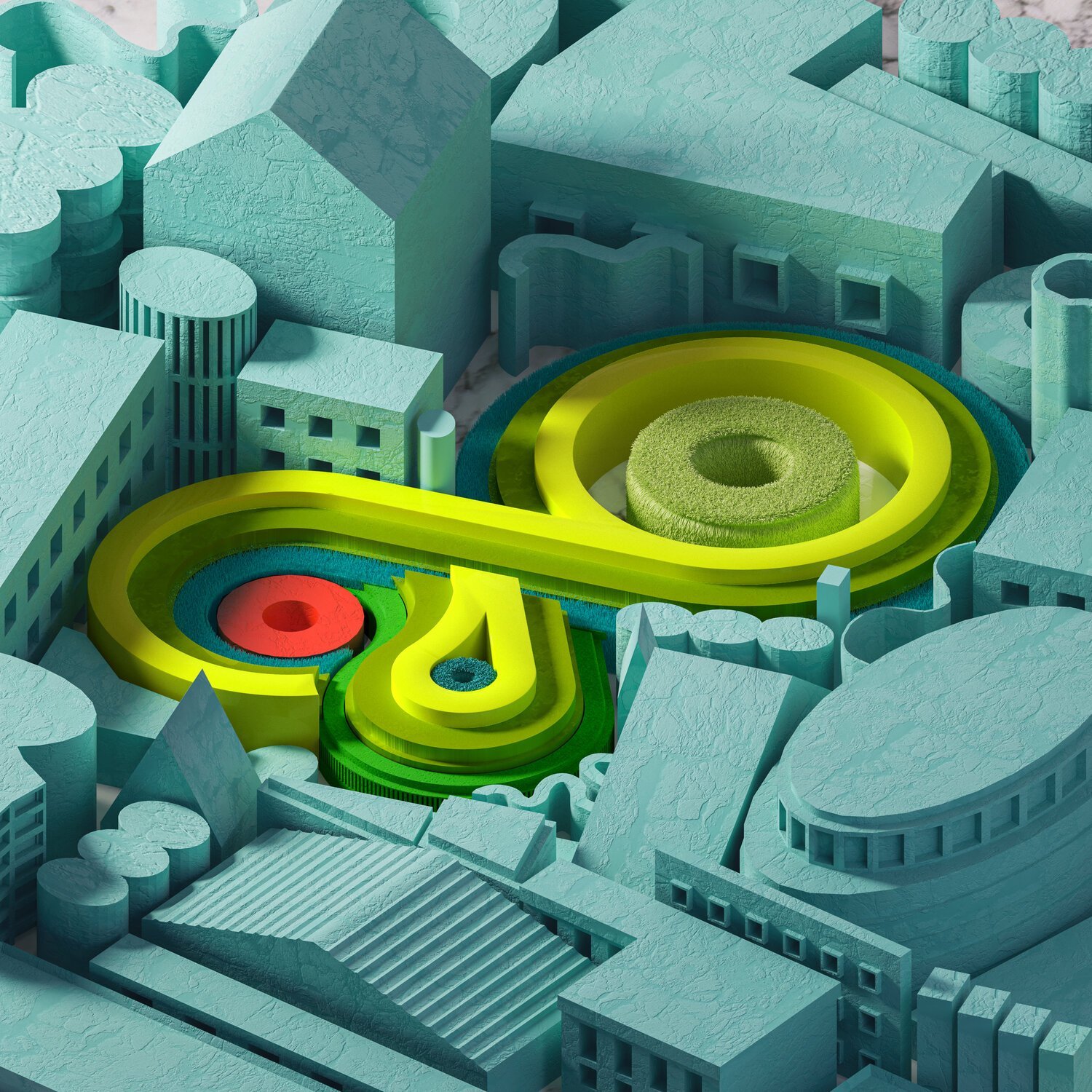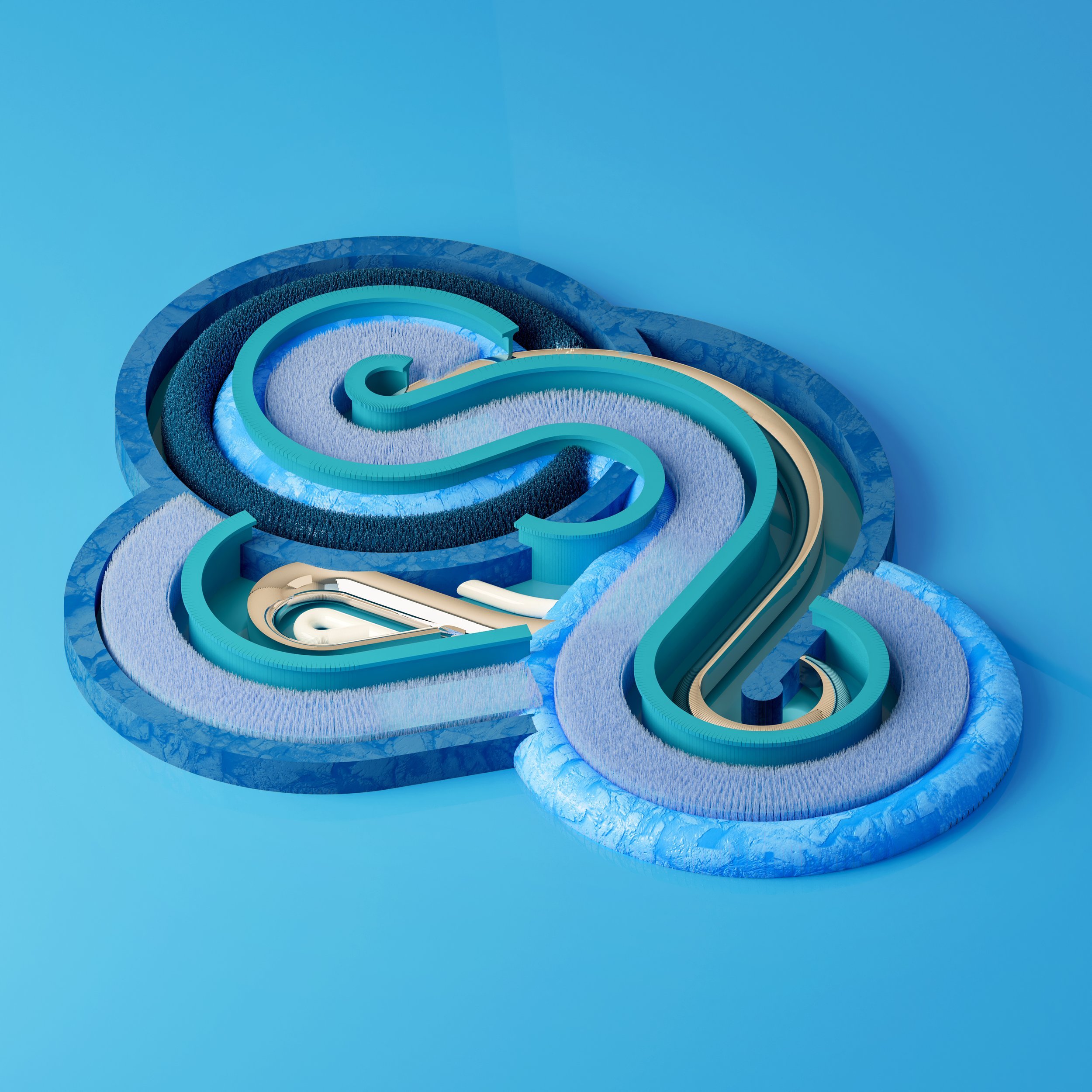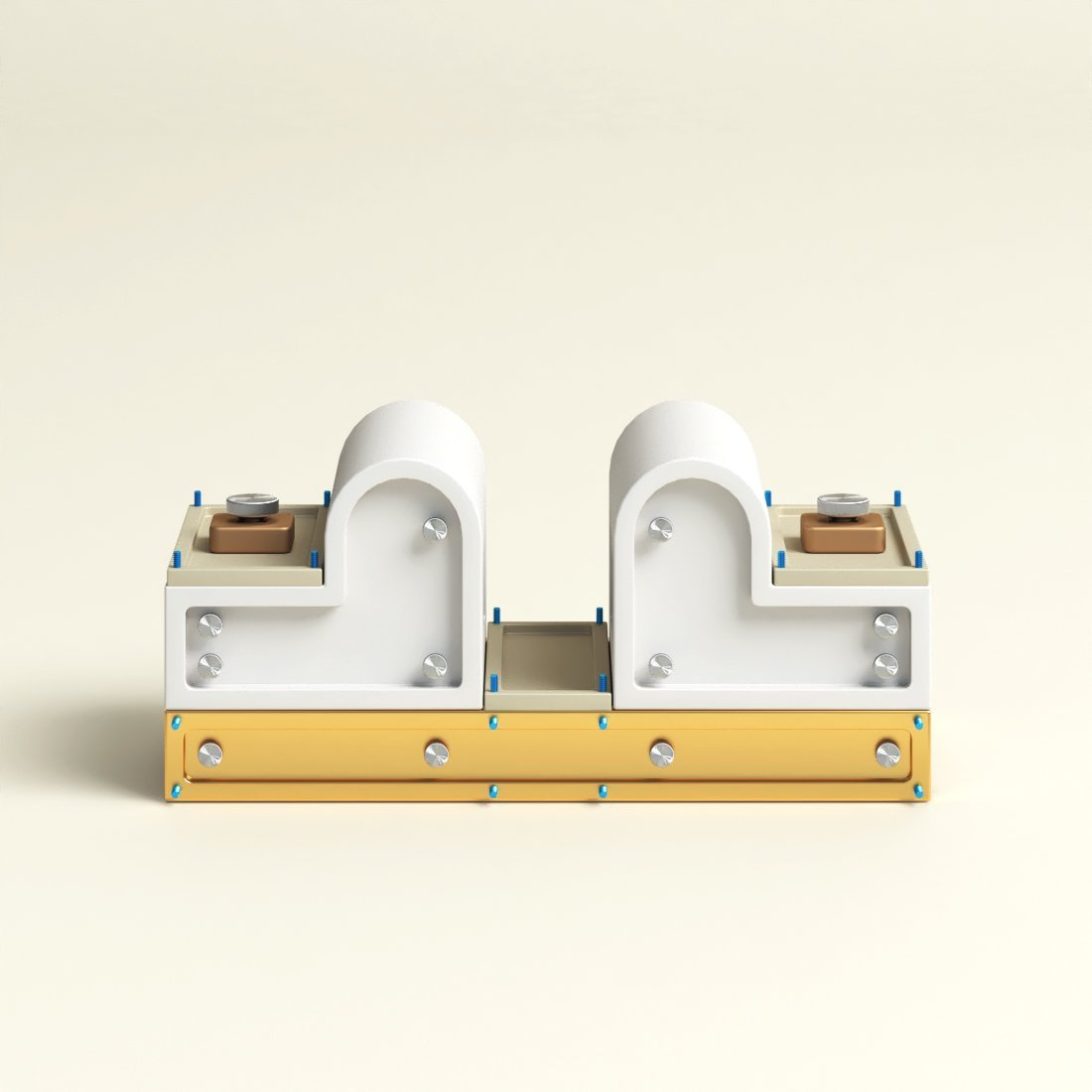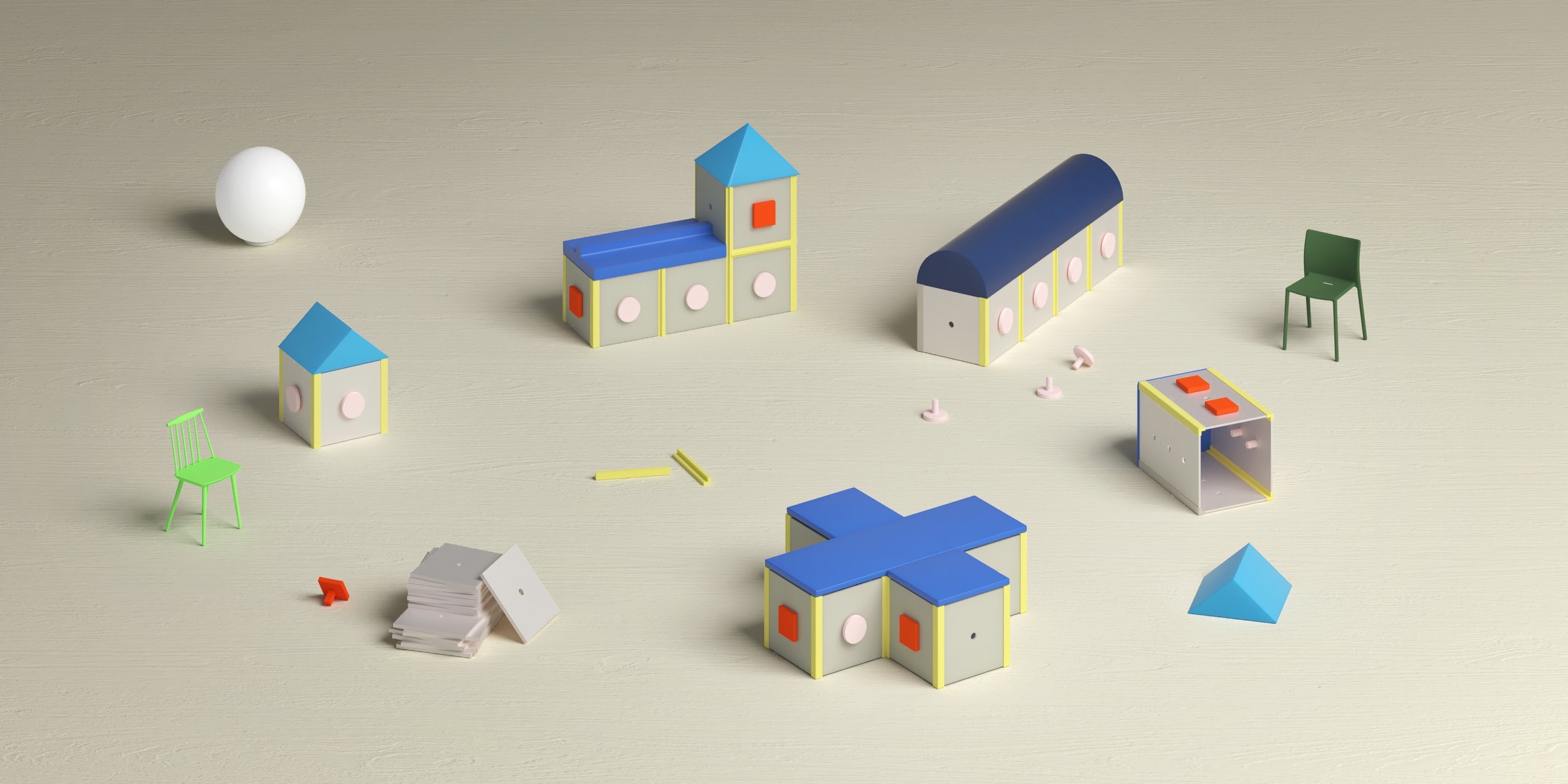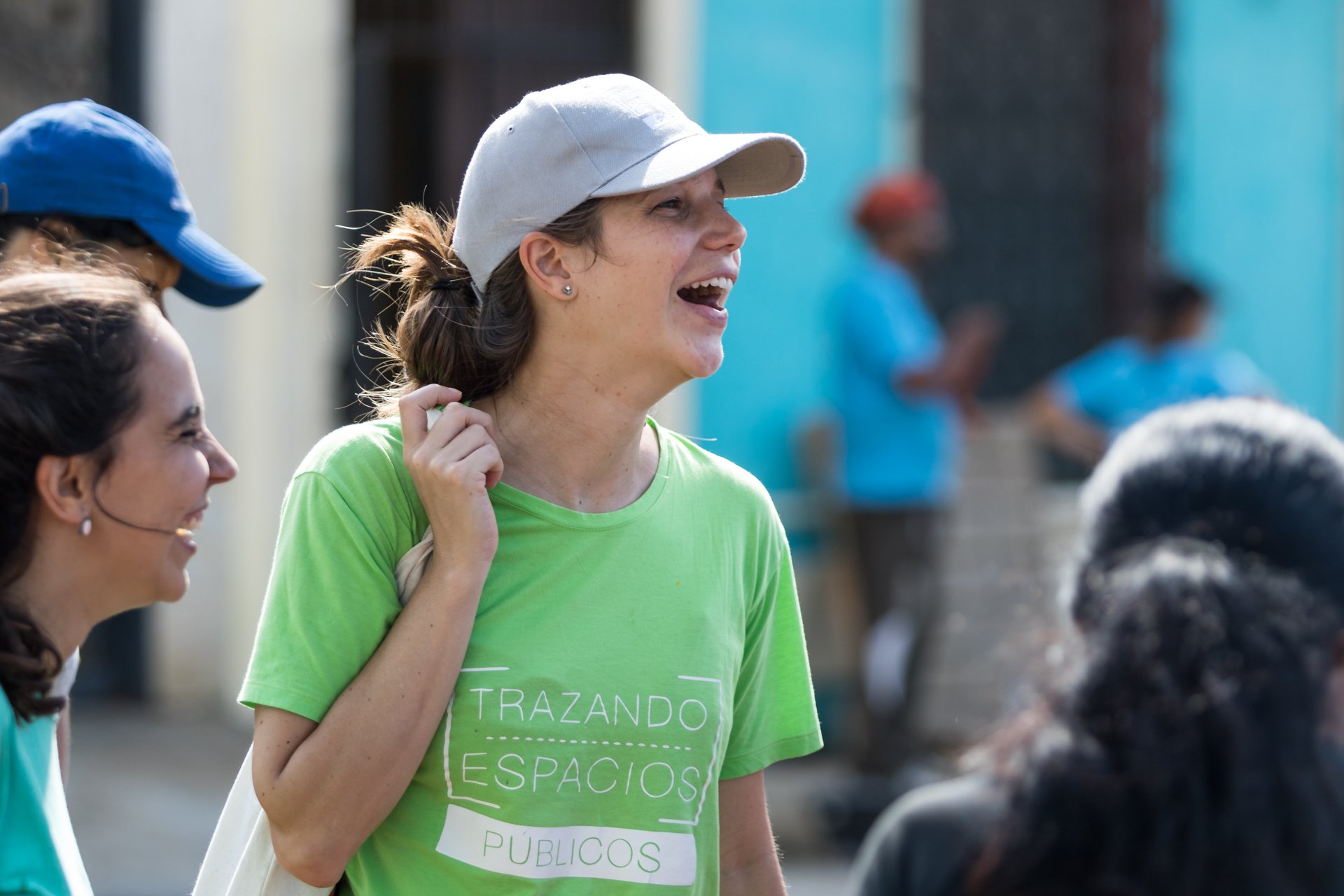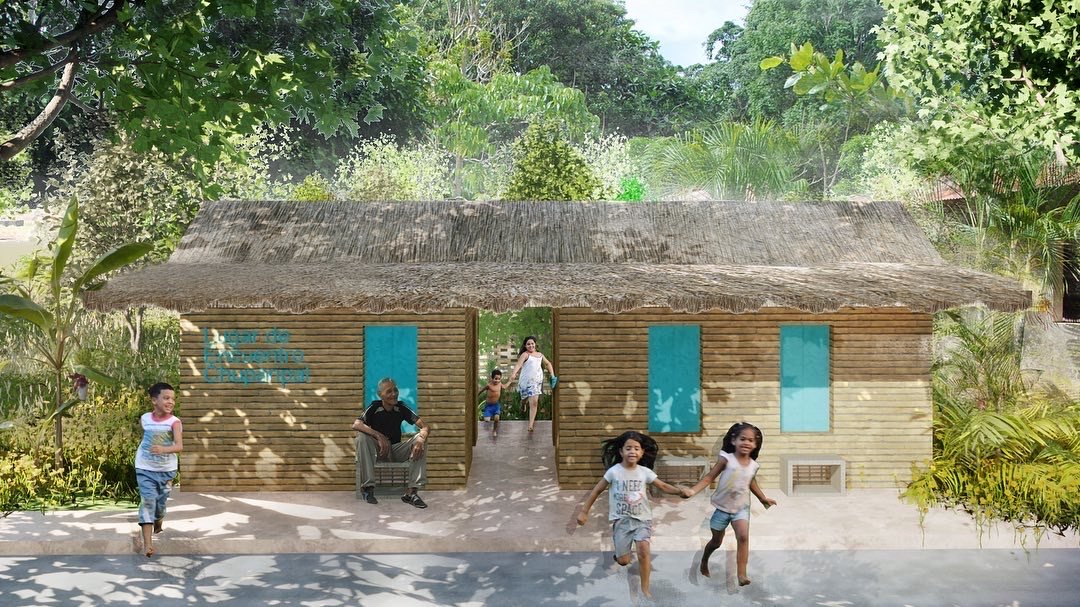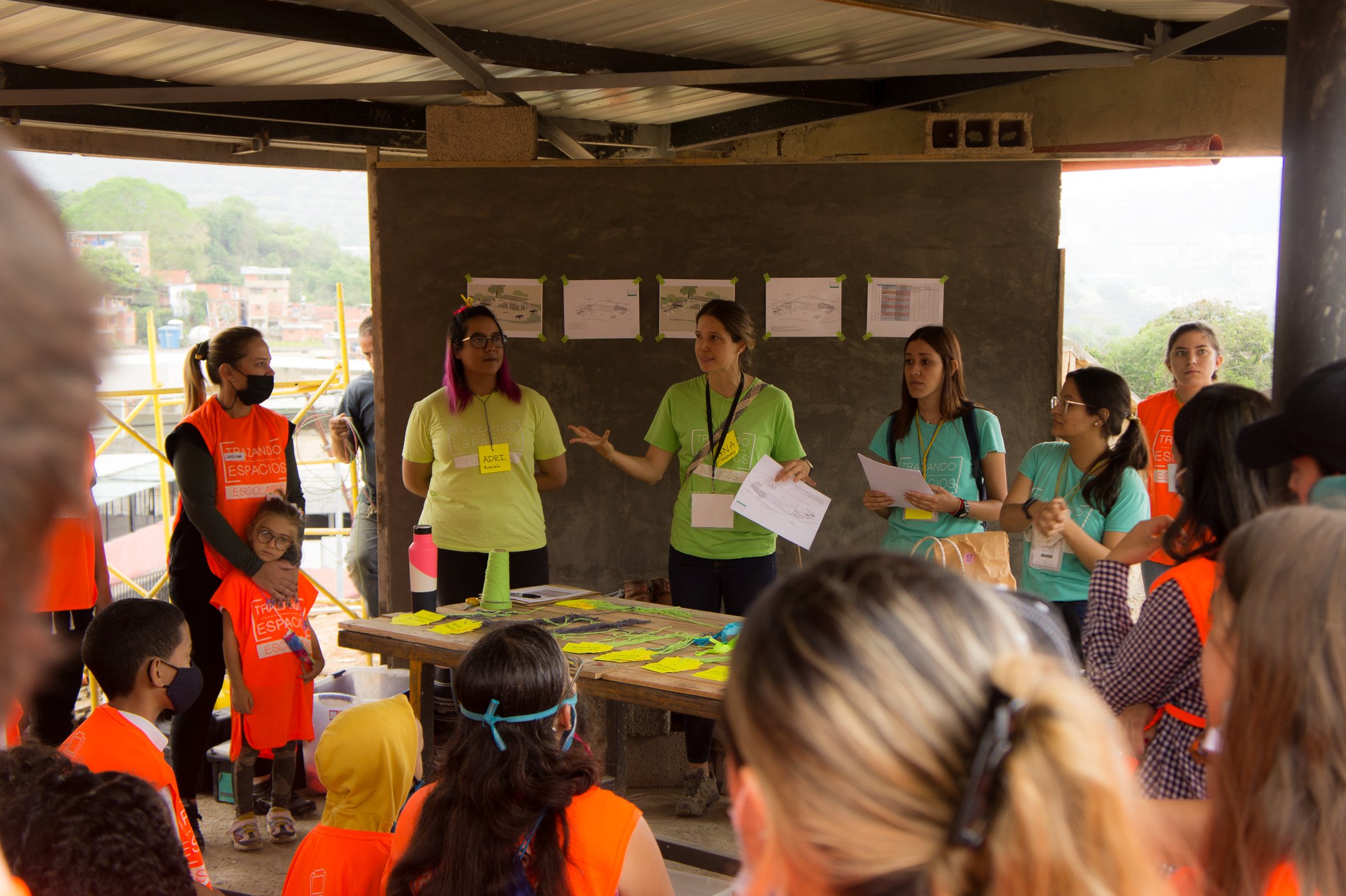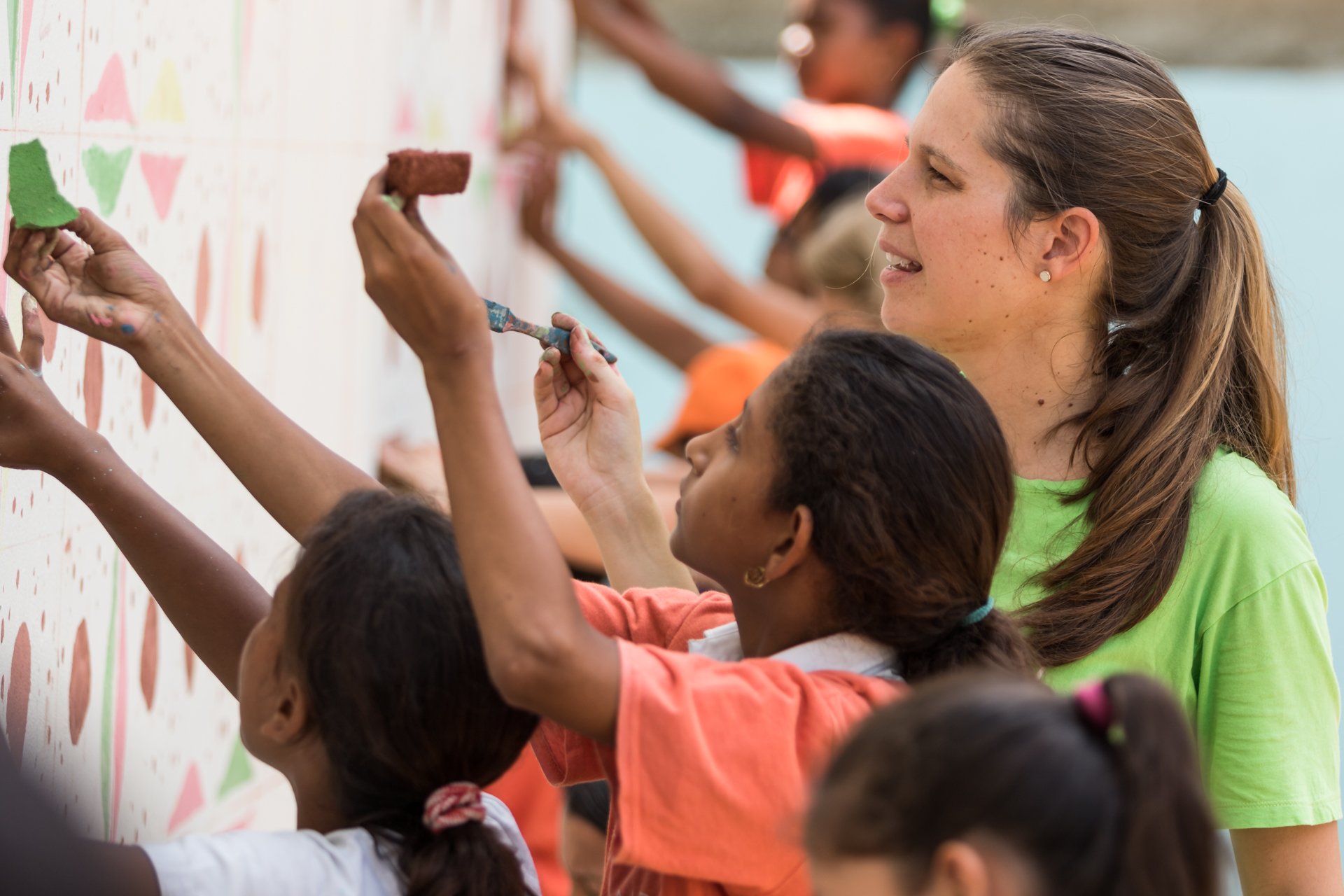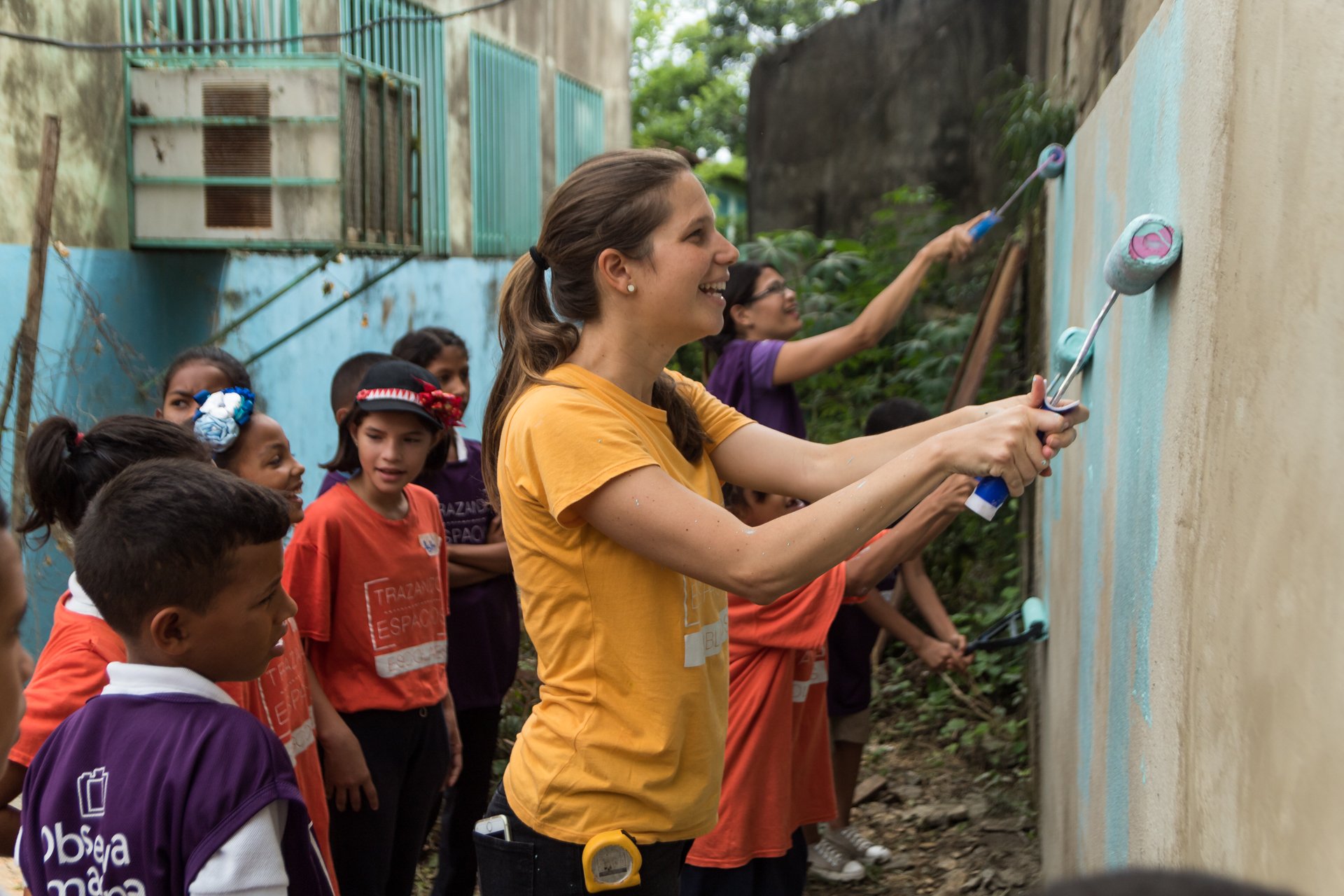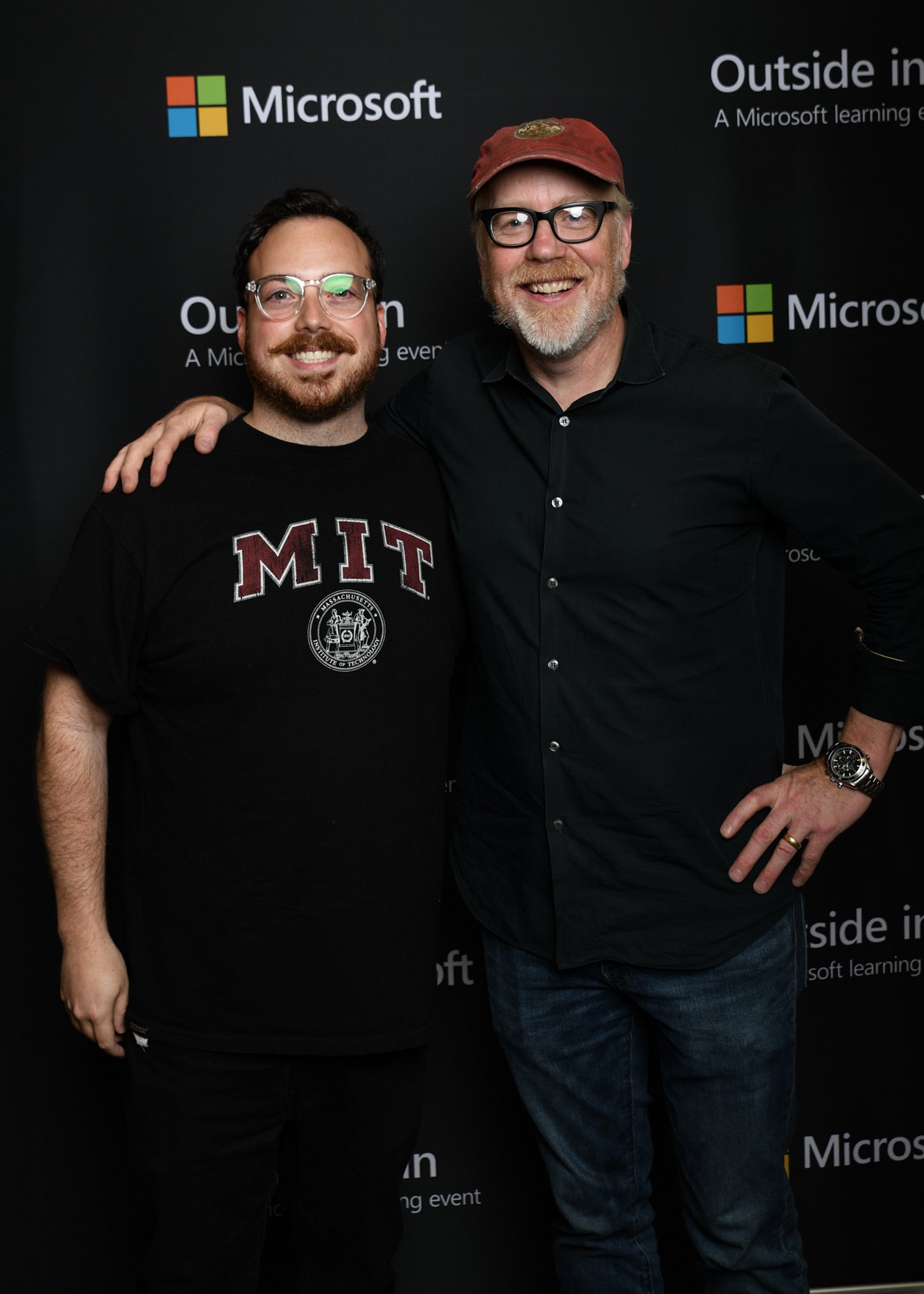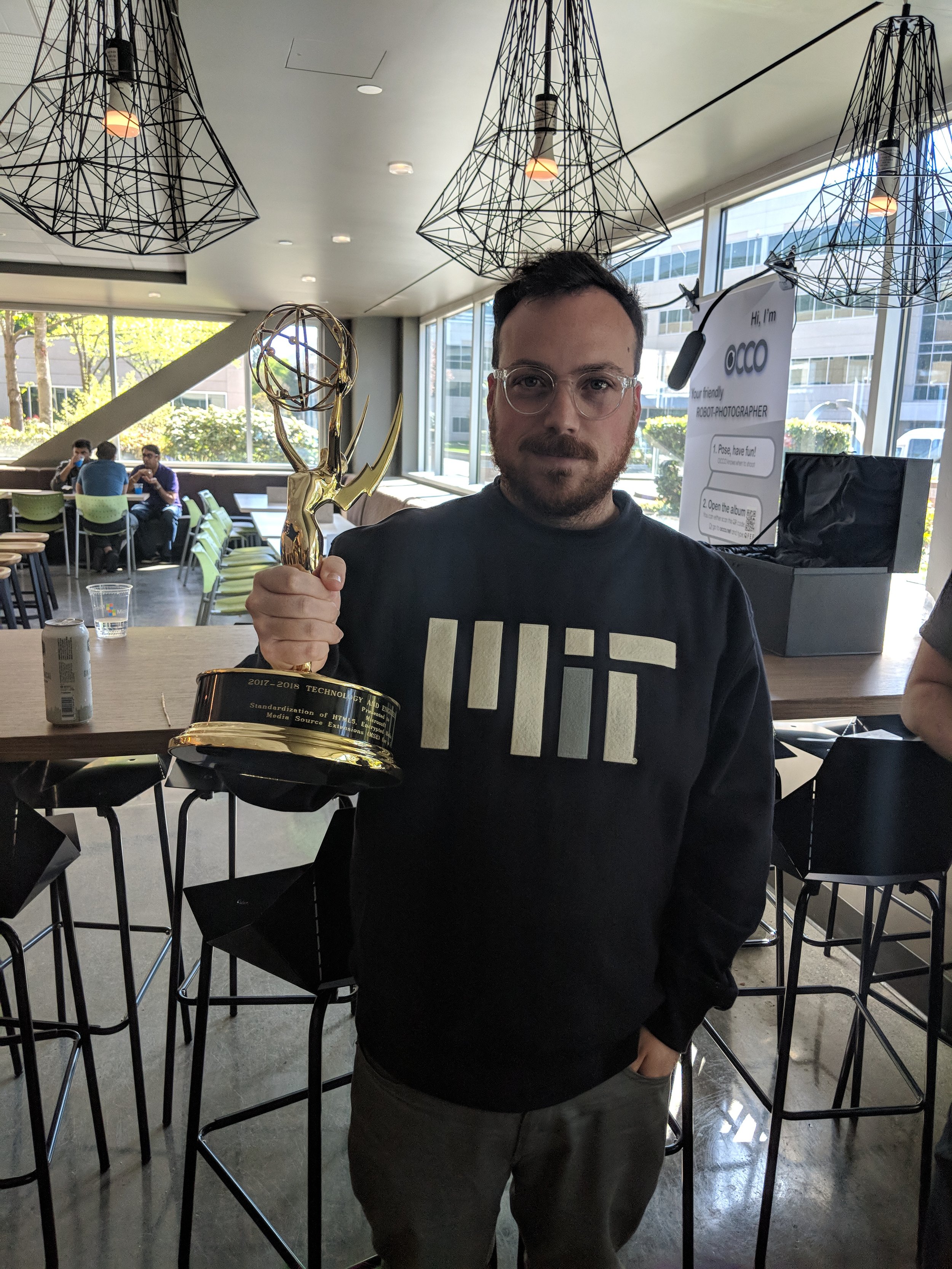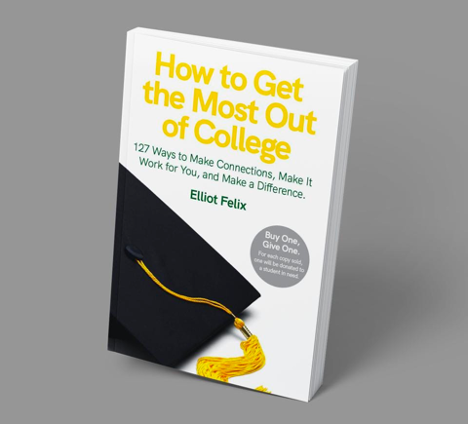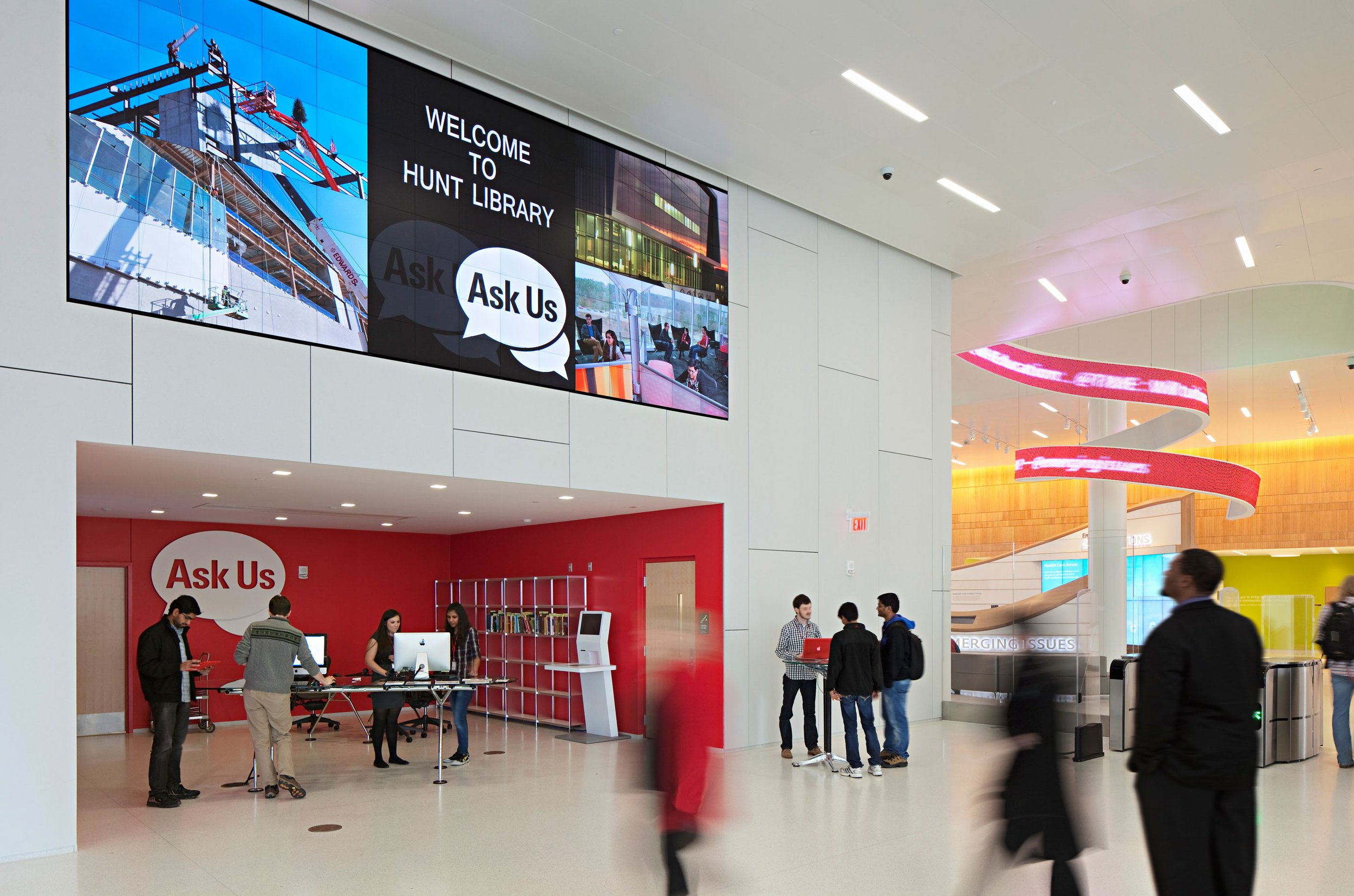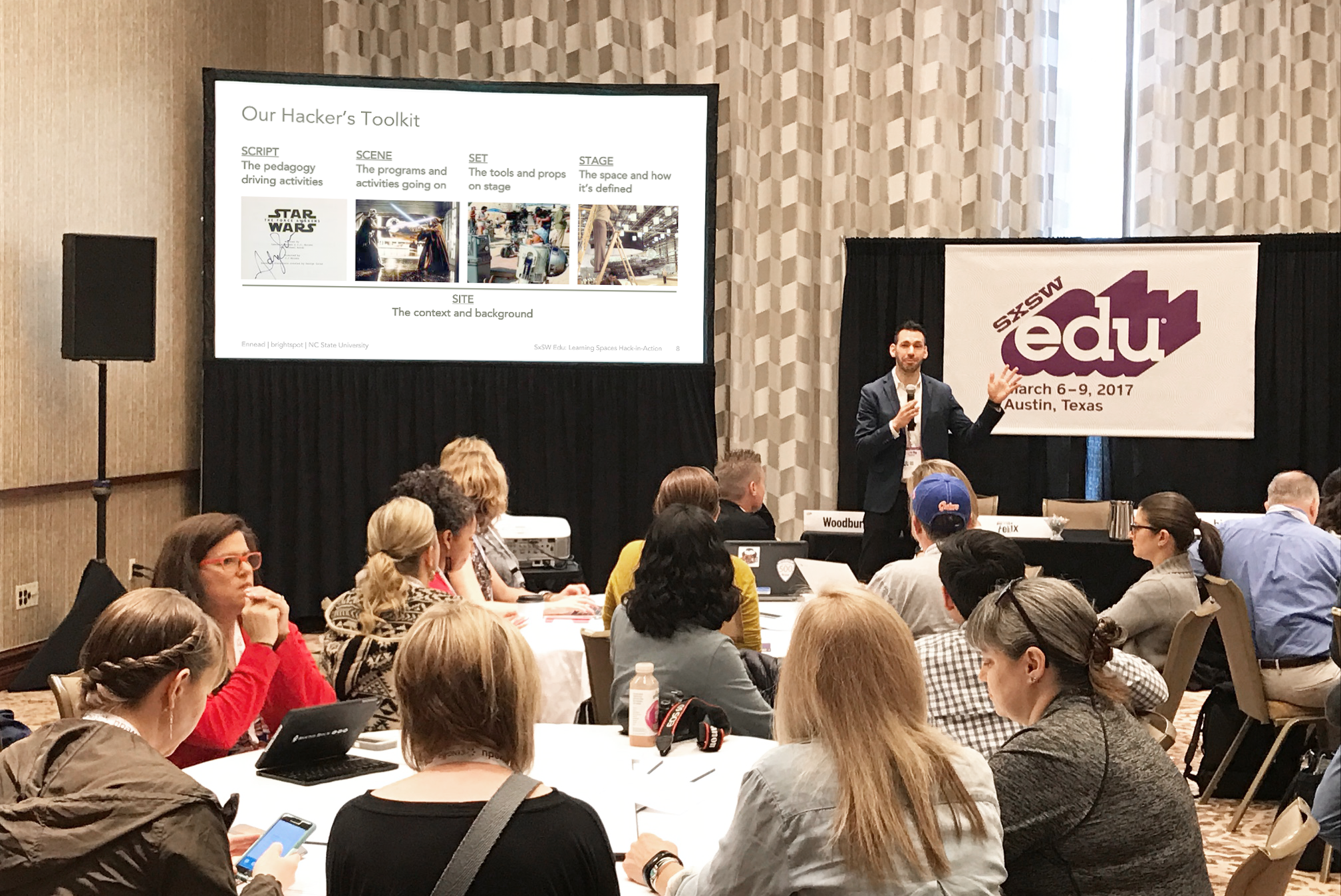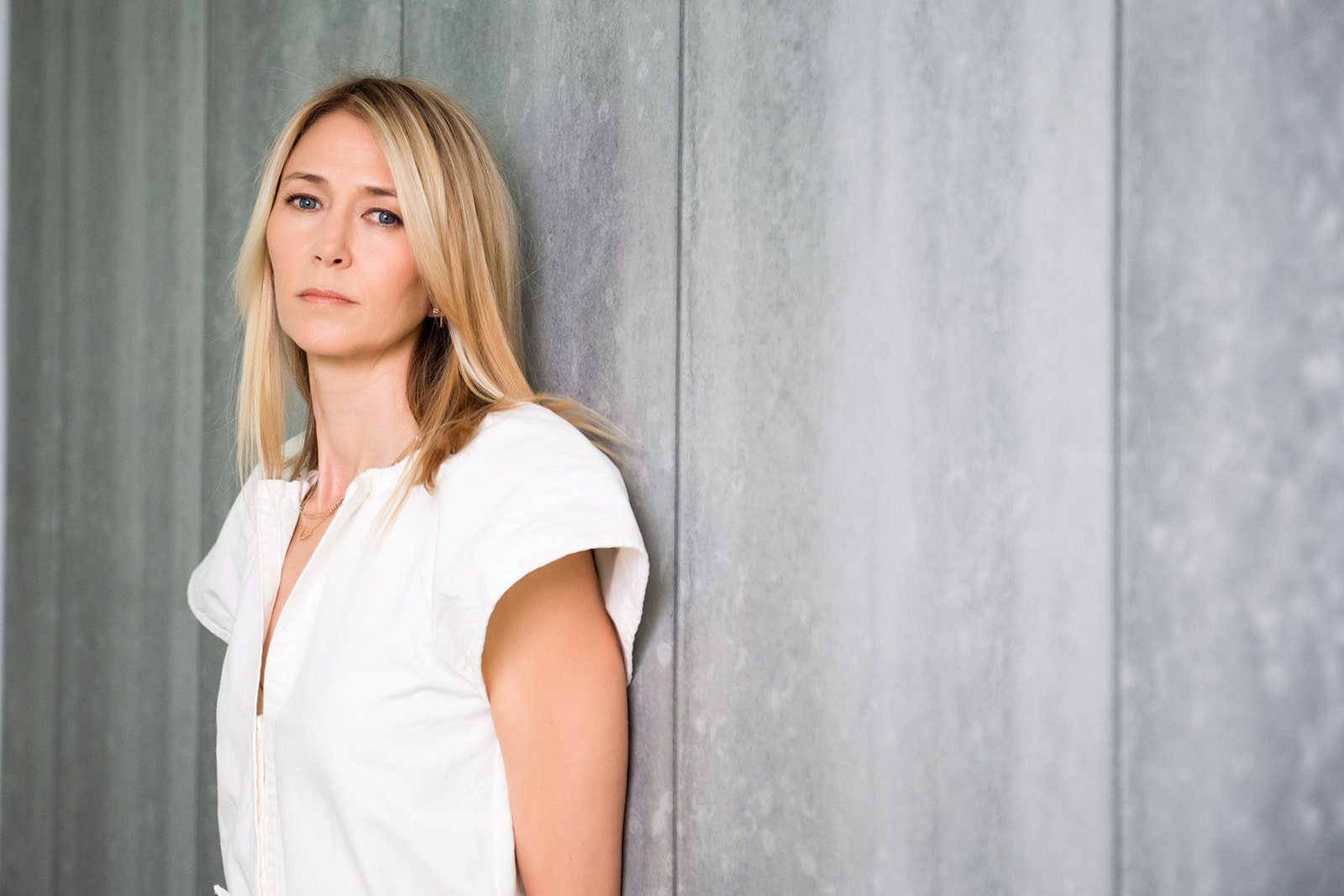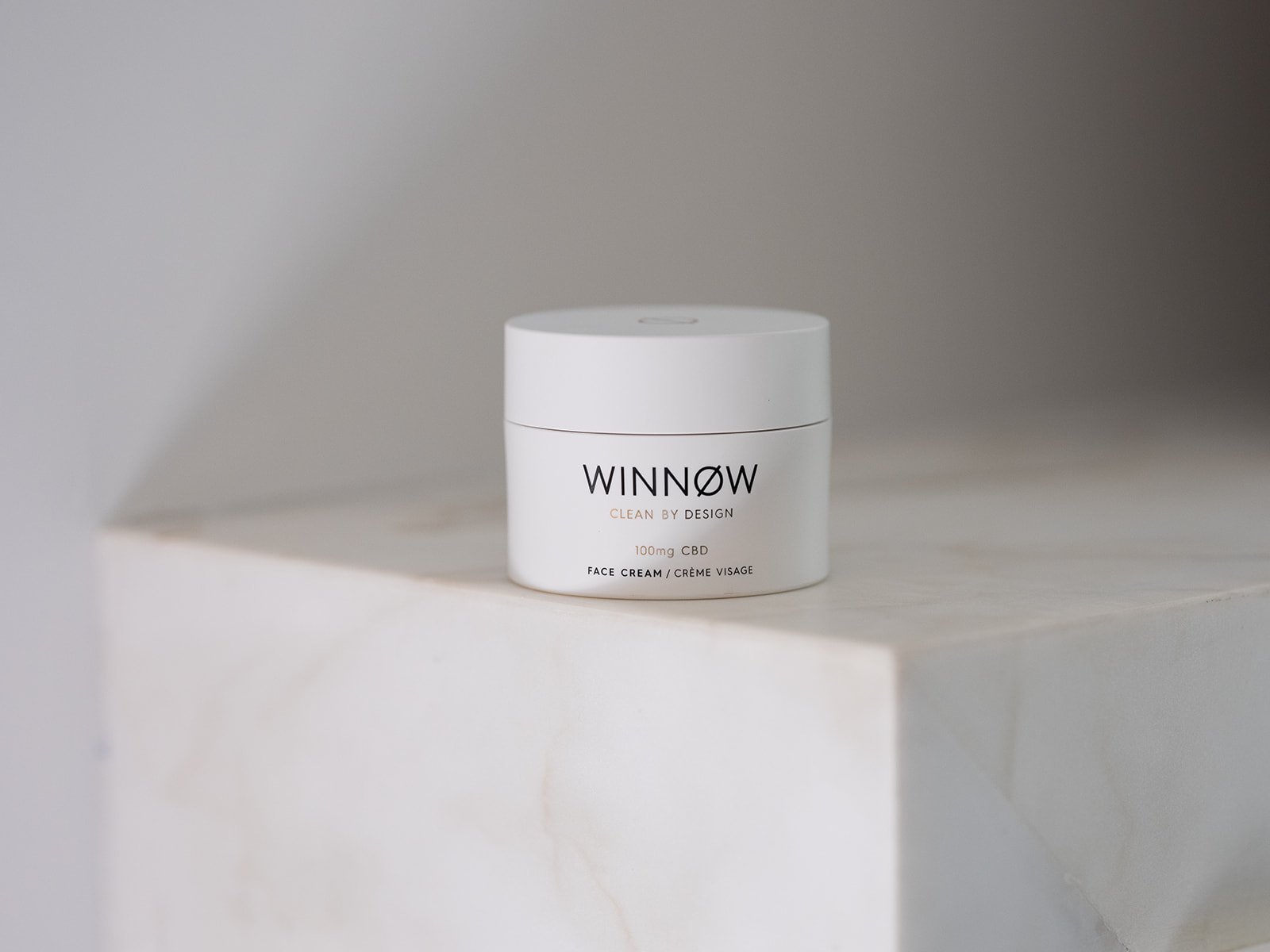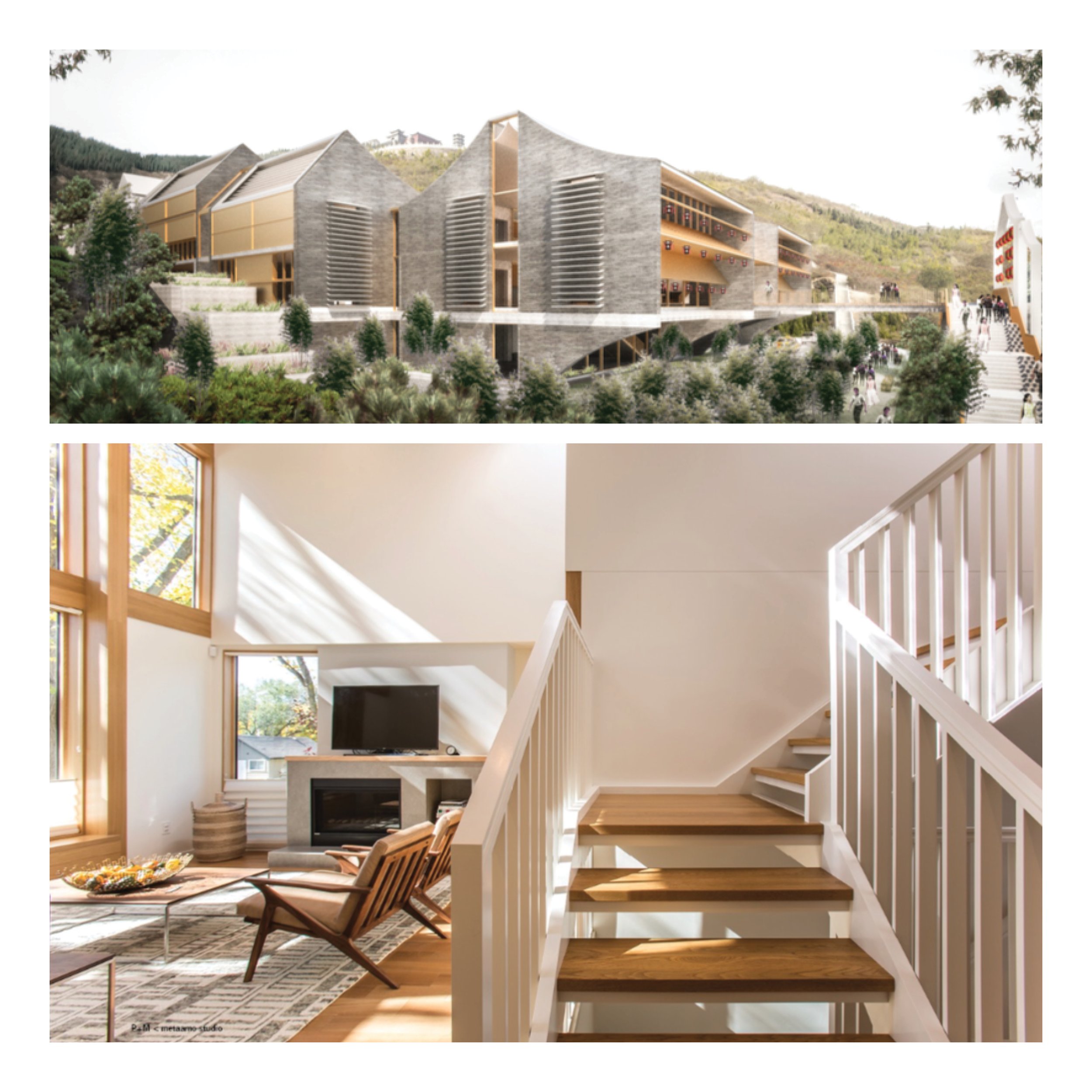What is your name, current location, and current occupation?
Constance C. Bodurow; Detroit, MI, USA; Founder and Director, studio[Ci] LLC.
What was your affiliation with MIT?
Alumna: SMArchS and MCP ’91; Immediate Past President of MITARCHA
What was your thesis title, if you completed one?
Rethinking the industrial landscape: the future of the Ford Rouge complex
What are you doing today?
Directing a transdisciplinary design collaborative based in Detroit, Michigan - studio[Ci] – while celebrating our 10th year as an LLC! Keeping abreast of the latest trends in urban sustainability via research and co-authoring journal articles with former students. Spending a month or so in the EU each year.
Do you think your career path has been unorthodox or nontraditional?
Absolutely! After graduating from MIT, I stayed in Boston and “cut my teeth” at several architecture firms, and also worked on the CA/T project (didn’t everyone in the 1990s?). My design and planning have always been focused on the larger scale: city, regional, and infrastructural design. I returned to Detroit as the Executive Director of a regional NGO, then taught architecture and urbanism at NAAB accredited programs for 15 years (disseminating, doing visiting professorships and fellowships, and receiving numerous grants and awards). I originally founded studio[Ci] as a research lab to engage students and fellow faculty, then created the LLC in 2013 to focus on our patents and built work. We have always operated at the boundaries of architecture and planning, collaborating with diverse disciplines and communities at that boundary territory to generate “net new” creative production and disciplinary knowledge.
How did your time at MIT affect your career path?
Being at MIT, the SA+P, and in Cambridge/Boston were transformative for me as a designer and for my career trajectory. My undergraduate degree was a BFA, and I was an industrial designer prior to being accepted. I had always been curious about the forces which shape the city, and I could not have imagined a better educational experience: the opportunity to learn from and support the research of inspirational and generous faculty, to co-create with accomplished and dedicated fellow students in architecture, planning, real estate development, engineering (et.al.), to hang out in 10-485 (with the spirit of Kevin Lynch very much present!), to be a citizen of and engage in the dialogue of equity within the country’s most historic, dynamic, and progressive urban context, all while being a student at a globally-/locally-focused crucible of excellence. Throughout my three years at MIT, the transdisciplinary method was emphasized and made a profound intellectual and practical impression on me – I was convinced it was the future of design research and practice! In 2015-16, I was offered the opportunity to return and complete a portion of my Sabbatical at the Center for Advanced Urbanism, an experience which once again refined my design focus. Most importantly, my time at MIT resulted in lifelong mentors and friends, expanded my collaborative creative production, and created opportunities for me to join fellow alumni to serve the institution which has given me so much.
What are you excited about in your career field today?
The role of design and design thinking in crafting the built environment and its associated ecosystem to solve the grand challenges facing the globe – particularly achieving net zero beyond the scale of the building.
What is advice you would give to a new alum coming out of MIT?
The world is your oyster! You have the best design education on this planet – use your power for good (and do contact me if you are ever in Detroit)!
What are you trying to learn right now?
The North Carolina Energy Conservation Code.
How can fellow alums reach you if they want to speak further?
W: studio-ci.net; E: cbodurow@alum.mit.edu; Twitter: @studioCiDetroit; LinkedIn: Constance Bodurow | LinkedIn
